Proof of Export for VAT Exemption: Key ECJ Ruling for Transport Services
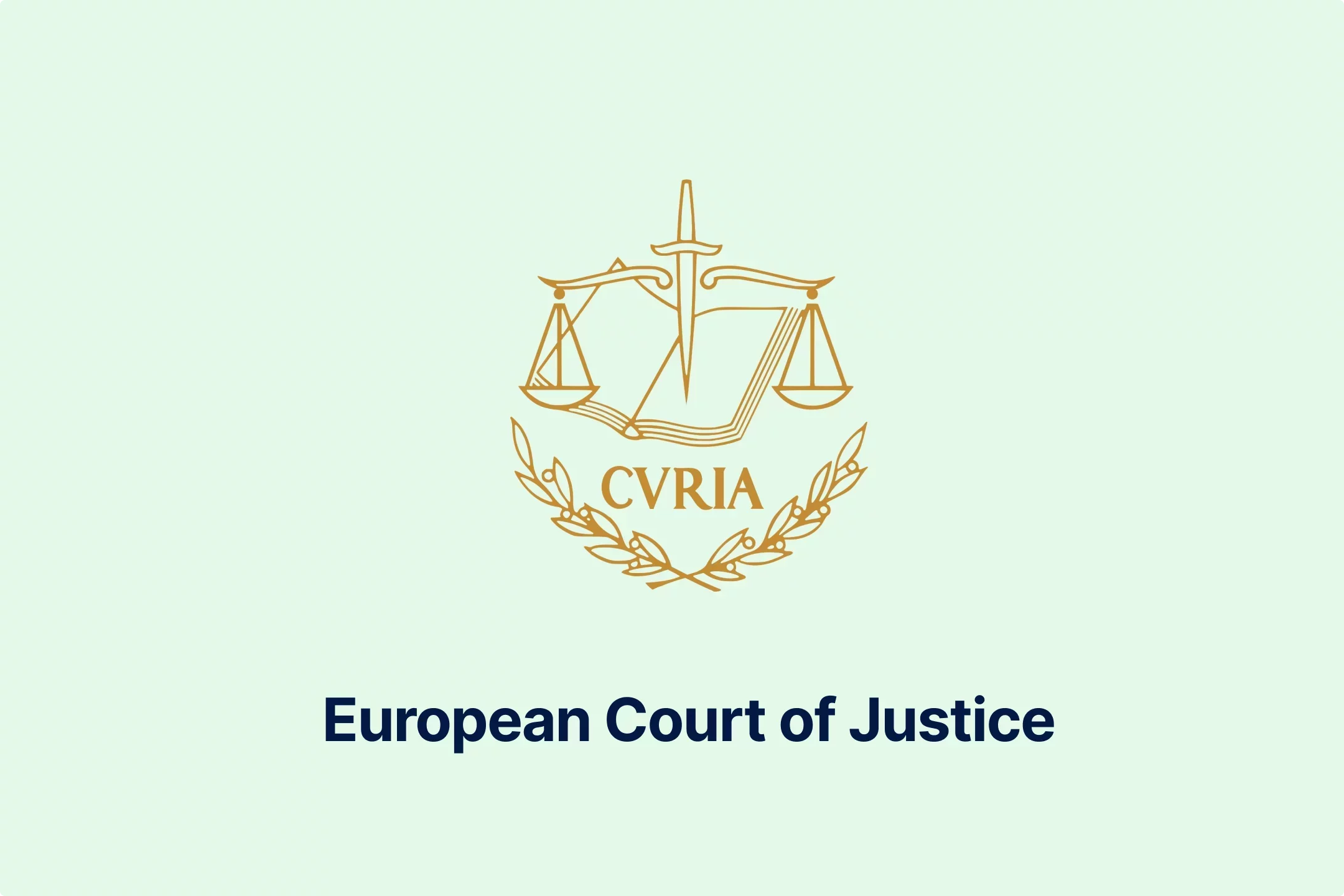
🎧 Prefer to Listen?
Get the audio version of this article and stay informed without reading - perfect for multitasking or learning on the go.
The case between the Cartrans, a Romanian-based intermediary in road freight transport services, and the Romanian Tax Authority concerns whether the company is entitled to VAT exemption for certain international transport services linked to exports outside the EU, despite not having provided customs export declarations.
Additionally, the case raises the question of whether alternative documents, such as TIR carnets, can be accepted as proof of export for VAT exemption purposes, or whether national law may limit proof strictly to customs export declarations.
Background of the Case
Cartrans received a tax assessment in 2014 following an inspection by the Tax Authority. The issued tax assessment imposed an additional VAT liability of RON 16,203 (approximately EUR 3,650) on the company for seven transport services linked to exports valued at around RON 67,512 (approximately EUR 15,000).
Transports in question were performed between 2012 and 2014 to non-EU destinations, including Turkey, Georgia, Iraq, and Ukraine. As noted by the Tax Authority, due to Cartrans's failure to provide customs export declarations during the inspection, which are required to prove that the goods were exported, the company is liable for the stated amount of VAT. Therefore, these transports could not qualify for VAT exemption.
The company challenged the tax assessment before the Regional Court, arguing that it had submitted sufficient alternative documents, such as TIR carnets and CMR consignment notes certified by the Customs Offices of the destination countries. Cartrans highlighted that TIR carnets include both a reference to the goods in question and certification of customs transit from a Customs Office of departure to a Customs Office of destination.
However, the Romanian Tax Authority claimed that the transport services in question cannot qualify for VAT exemption because, while the documents provided by Cartrans may show that the services were linked to international transport, they do not undoubtedly prove that the goods were exported outside the EU. Furthermore, the Tax Authority argued that, under the applicable tax law, the only acceptable proof is the customs export declaration, which the company did not submit.
While examining the facts and arguments presented by both sides, the Regional Court determined that Romanian tax laws do not explicitly specify the type of document required to prove the export of goods, suggesting a lack of legal clarity regarding what constitutes acceptable evidence for VAT exemption. Consequently, the Regional Court decided to pause the proceeding and refer two questions to the European Court of Justice (ECJ) for a preliminary ruling.
Main Questions from Request For Ruling
The first question referred to by the Regional Court was whether, under the EU VAT Directive, a TIR carnet certified by the Customs Offices of the destination country can serve as sufficient proof that the goods were exported.
With its second referred question, the Court inquired whether Article 153 of the EU VAT Directive prohibits a national tax practice that requires export proof to be exclusively provided through a customs export declaration, thereby denying the right to deduct VAT on transport services when such a declaration is missing, even if a certified TIR carnet is available.
Applicable EU VAT Directive Article
The ECJ considered provisions from the EU VAT Directive and the EU Customs Code, the TIR Convention, and the Transit Manual for the TIR Procedure during the decision-making process. Regarding the provision from the EU VAT Directive, Articles 131, 146(1), and 153, which clarify the scope and conditions of VAT exemptions, were crucial.
More specifically, Article 131 established that while exemptions outlined in subsequent chapters apply, EU countries may define the specific conditions to ensure these exemptions are used correctly and to prevent abuse. Article 141(1) explicitly refers to exemptions related to exportation, mandating that EU countries exempt both the supply of goods transported outside the EU and services, such as transport, that are directly connected to those exports.
Lastly, Article 153, which is the central part of the second question, requires EU countries to exempt intermediary services provided in the name and on behalf of another person when these services relate to transactions involving exports, intra-EU trade, or transactions outside the EU.
Articles 4(16) and (17), 59, 91, 161, and 182 of the Customs Code, which define the key procedures relevant to the movement of goods across EU borders, are the most relevant ones for answering the raised questions. These articles distinguish between different customs procedures, such as transit and exportation, and specify that goods must be placed under an appropriate customs procedure through a formal declaration.
The rules defined under the TIR Convention, which govern the international transport of goods under the TIR procedure, and allow goods to be moved from a customs office of departure to a customs office of destination without paying duties or taxes at intermediate customs points, were also taken into consideration by the ECJ.
Finally, the TIR Manual, which was prepared by the European Commission within the Customs Code Committee, clarifies the role and function of the TIR carnet in international goods transport, and defines that the TIR carnet serves as a customs declaration for the transportation of goods and also acts as proof that a guarantee exists to cover customs duties, was also interpreted throughout the process.
Romania National VAT Rules
Romanian Tax Code exempts from VAT the supply of services, including transport and related services, that are directly connected with the export of goods. Additionally, Article 144a of the same law extends this exemption to services provided by intermediaries acting on behalf of another person, provided these services relate to the exempt transactions listed in Articles 143 and 144.
Furthermore, Order No. 2222/2006, which outlines the practical rules for applying the VAT exemption and stipulates that the service provider must justify it through specific documentation, was also taken into account by the ECJ.
Importance of the Case for Taxable Persons
This case holds significant importance for taxable persons engaged in international transport and export-related services, as it clarifies which documents qualify as proof of export. Furthermore, clarifications and interpretations of the applicable rules reduce legal uncertainty and the risk of unexpected VAT assessments when customs export declarations are unavailable, but other valid documents are presented to the Tax Authorities.
Analysis of the Court Findings
The ECJ began its explanations by emphasizing that under Article 153 of the VAT Directive, EU countries are required to exempt services provided by intermediaries acting in the name and on behalf of another party, particularly when these services are part of export-related transactions. It further added that Article 146(1) obliges EU countries to exempt services, such as transport and related operations, when they are directly linked to the export of goods outside the EU.
However, considering the facts from this specific case, the ECJ noted that though the Regional Court cites Article 153 in its questions, the referral lacks sufficient details to confirm that Cartrans acted as an intermediary in the name and on behalf of another party. Instead, taking into account all the information provided, the tax assessment in question concerns VAT applied directly to transport services provided by Cartrans concerning the export of goods, rather than intermediary services.
Additionally, the ECJ stated that due to limited information provided by the Regional Court, it is up to the national court to assess whether Article 153 of the VAT Directive, in conjunction with Article 146(1)(e), applies to the case at hand, or if only Article 146(1)(e) is relevant. Furthermore, both the ECJ and the Advocate General emphasized that the second question concerns clarifying the conditions under which a VAT exemption may be granted, rather than the right to deduction itself.
One of the first ECJ remarks is that it has consistently held that VAT exemptions must be interpreted strictly, as they are exceptions to the general rule that VAT is due on all taxable supplies. Therefore, for a service to qualify as directly connected with the export of goods under Article 146(1)(e), it must both materially contribute to the actual export and be provided directly to either the exporter or the recipient of the goods.
Additionally, since the EU VAT Directive does not specify the evidence that taxable persons must provide to obtain such an exemption, it is up to EU countries to establish these evidentiary requirements to ensure proper application and prevent fraud or abuse. Nevertheless, in doing so, EU countries must respect the fundamental principles of EU law, specifically legal certainty and proportionality.
Under the principle of proportionality, a national rule exceeds what is necessary for ensuring proper VAT collection if it conditions the right to an exemption solely on meeting formal requirements, without considering whether the substantive conditions have been fulfilled. In other words, VAT is to be assessed based on the true nature of the transaction.
Provided that material conditions are met, the principle of fiscal neutrality requires that the exemption be granted, even if the taxable person failed to comply with specific procedural requirements. Importantly, a failure to meet formalities can only result in the denial of the exemption in two particular cases. The first one is when that failure effectively prevents proof that the substantive conditions have been met. The second one is when it is intended to commit fraud or abuse.
The ECJ further added that for a transaction to qualify for the VAT exemption under Article 146(1)(e) of the EU VAT Directive, there must be a direct link between the supply of transport services and the export of goods. Nevertheless, for either exemptions provided under Articles 146 or 153 of the EU VAT Directive to apply, the goods must have been exported outside the EU, and it must be proven to the satisfaction of the Tax Authorities.
However, presenting an export declaration cannot be the sole acceptable proof, and other forms of evidence may also be used to demonstrate that the export took place. Requiring taxable persons to prove exportation solely by producing an export declaration, while excluding all other evidence, would improperly make the right to VAT exemption depend only on formal compliance, without considering whether the actual substantive conditions are met.
Most importantly, obligations related to evidencing tax conditions must be based on the explicit rules set by national law and aligned with standard practice for similar transactions. In this case, the Regional Court noted that national legislation does not explicitly require the customs export declaration. It only mandates the submission of unspecified documents proving that the goods were exported. Therefore, imposing a strict obligation to provide an export declaration lacks a clear legal basis and may undermine legal certainty.
Regarding the TIR carnet, applicable rules and regulations state that goods transported within the EU but destined outside it may be subject to the external transit procedure when moved under the cover of a TIR carnet. Additionally, the TIR carnet must be presented and certified by customs offices at the point of departure, transit points, and destination, with corresponding vouchers and counterfoils used to track and confirm the proper completion of the transport operation.
Courts Final Decision
As the final decision, the ECJ concluded that EU countries should not require a taxable person to produce a customs export declaration as the sole proof to qualify for VAT exemption on transport services connected to the export of goods or intermediary services involved in those transports. Instead, a decision on the right to VAT exemptions must be made based on all available documents that prove the goods were exported.
Consequently, a properly certified TIR carnet serves as an official document that, in principle, proves the goods physically crossed the EU’s external border and were delivered within a non-EU country. Therefore, following such reasoning, national Tax Authorities must consider the TIR carnet, along with all other available information, such as CMR.
Conclusion
Considering the scope and interpretation of regulations, the ECJ decision enhances the rights of taxable persons to VAT exemptions on export-related transport services by validating broader, practical forms of proof and limiting the rigid formal requirements imposed by national authorities. In other words, the case underscores the crucial balance between formal documentation and substantive evidence in claiming VAT exemptions for export-related transport services.
Source: Case C‑495/17 - Cartrans Spedition SRL v Regional Directorate-General of Public Finances of Ploiești — Regional Public Finance Administration of Prahova, EU VAT Directive, EU Customs Code, The TIR Convention, The Transit Manual for the TIR procedure

Featured Insights

Angola’s E-Invoicing Mandate: Phased Implementation Continues Into 2026
🕝 December 10, 2025
VAT Deduction and Business Succession: When Do Advisory Costs Serve the Company’s Interest?
🕝 December 8, 2025
Europe’s Plastic Fiscal Shift: Why Italy’s Plastic Tax Now Starts in 2027
🕝 December 3, 2025
The Decline of Low-Value Import Exemptions: Closing Gaps in Cross-Border E-Commerce
🕝 November 20, 2025More News from Europe
Get real-time updates and developments from around the world, keeping you informed and prepared.
-e9lcpxl5nq.webp)

-ol6mdkdowg.webp)
-aqdwtmzhkd.webp)
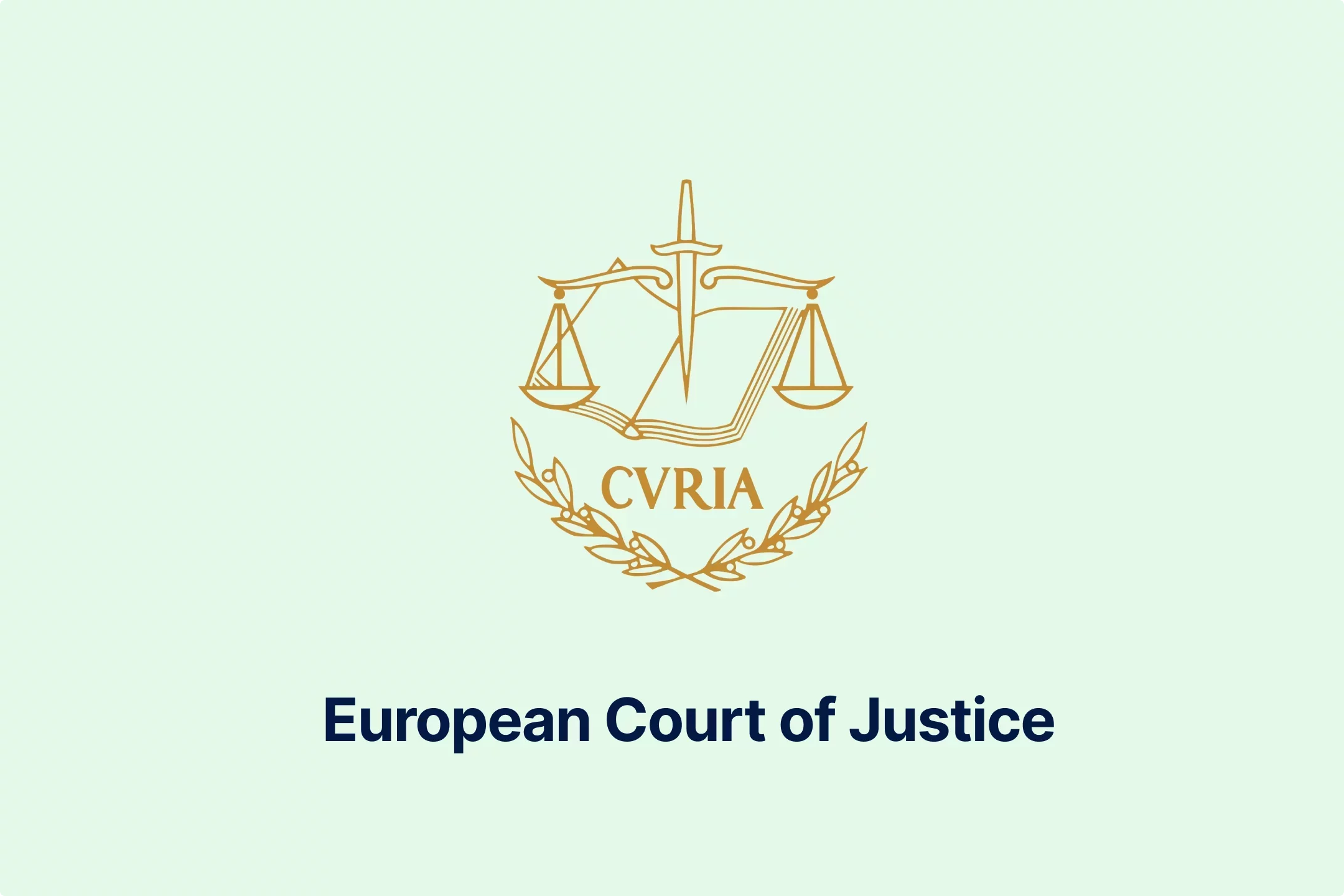
-njgdvdxe2u.webp)
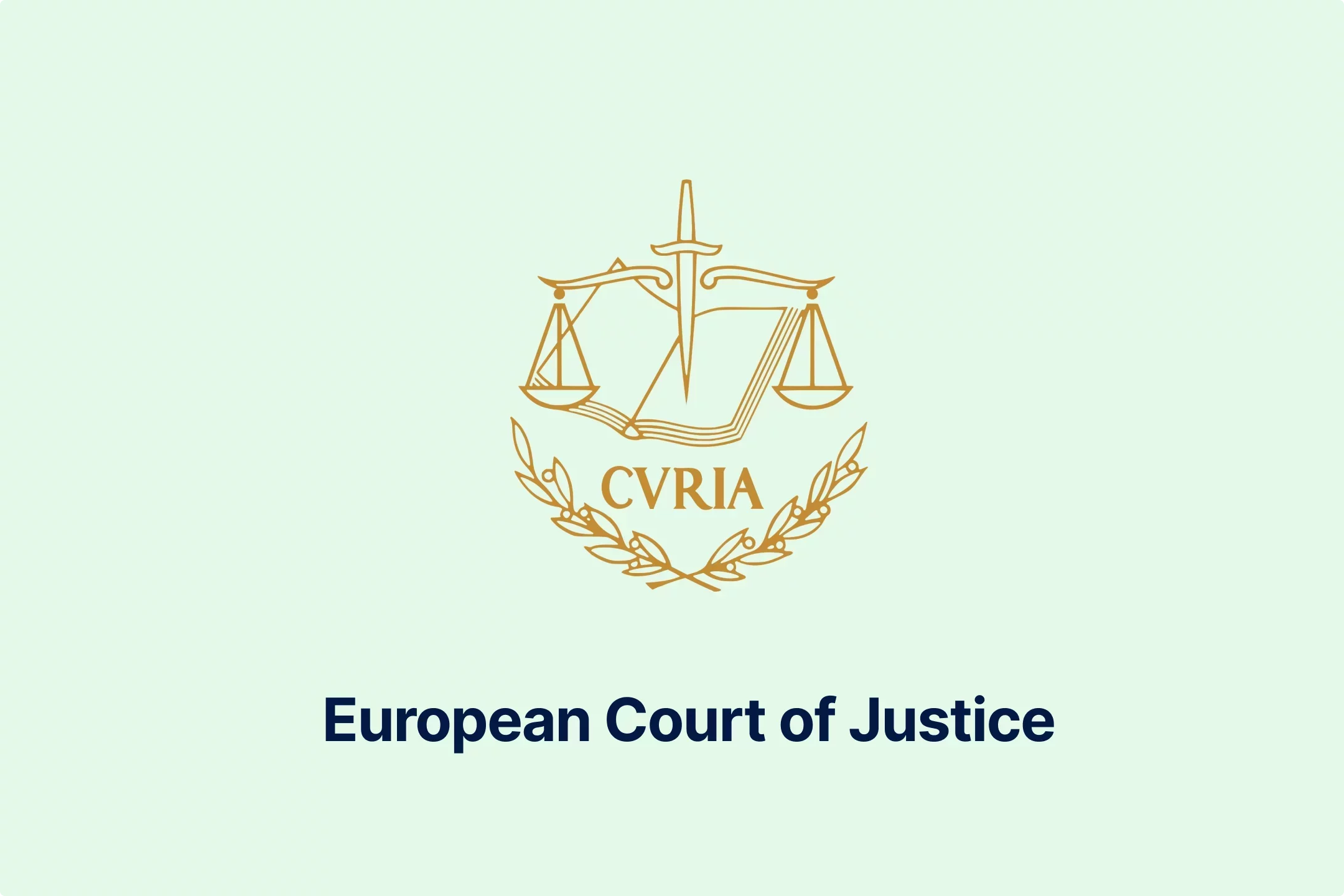
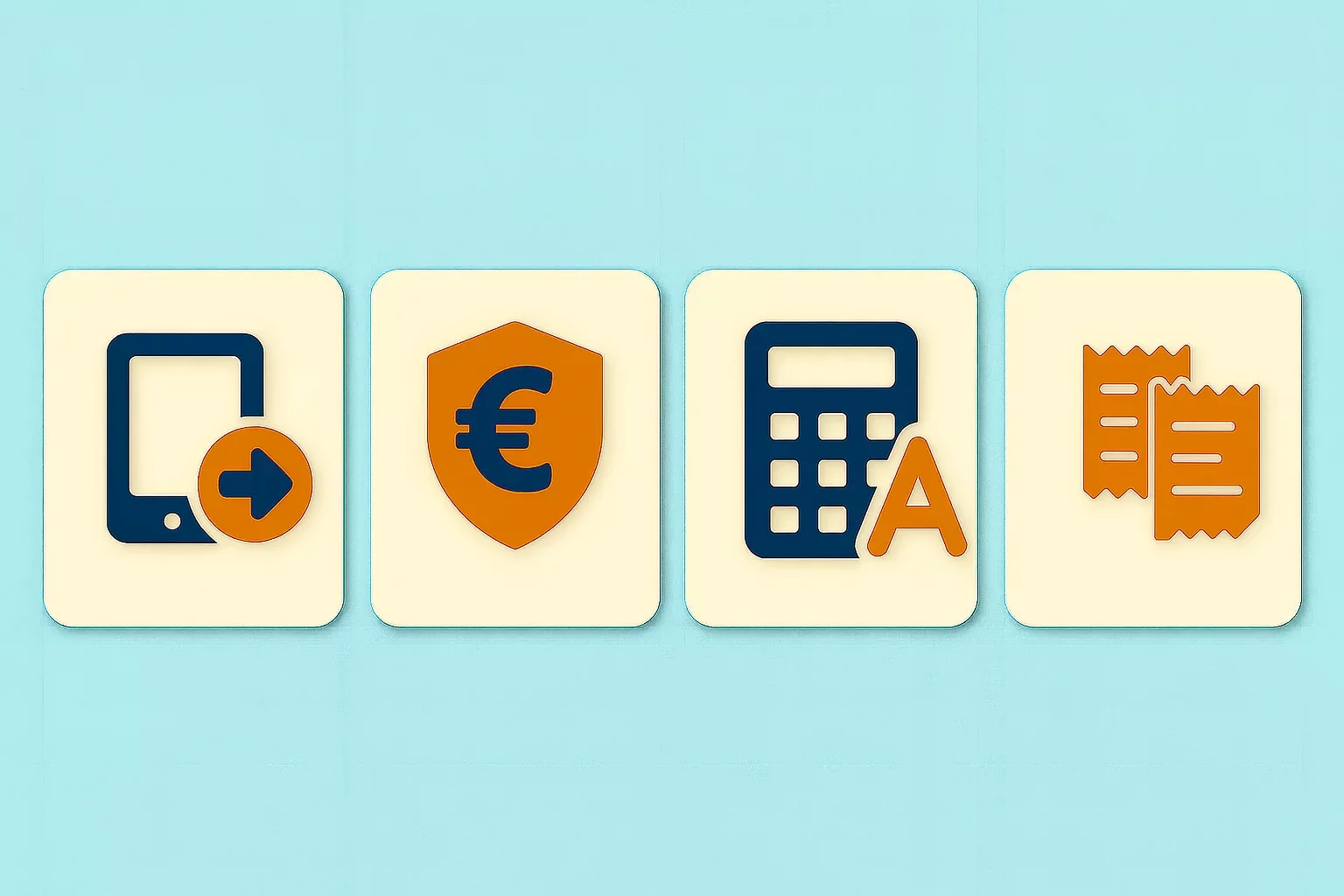

-i6rki3jbad.webp)
-hdwgtama05.webp)

-atbhy5fyxv.webp)
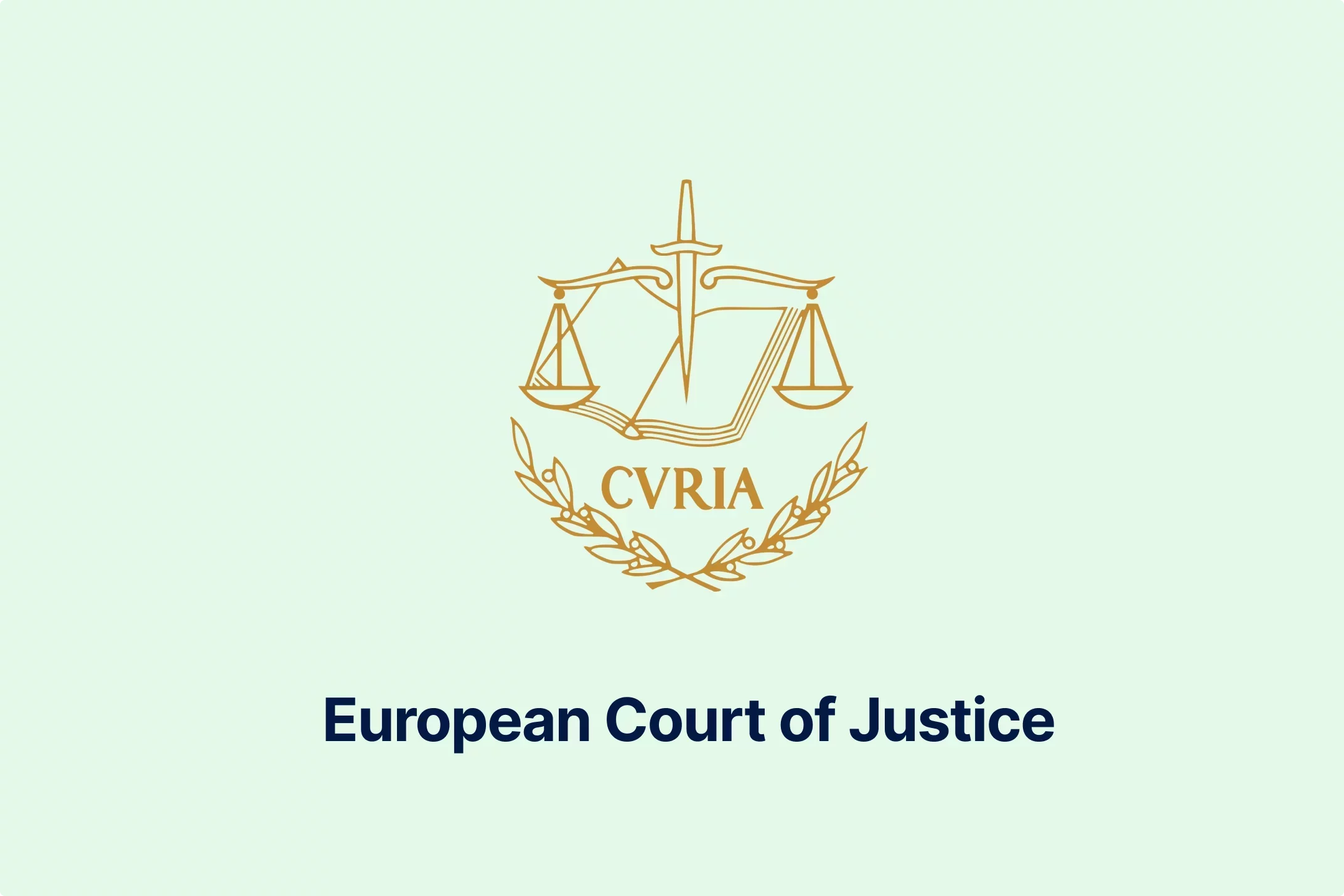



-zp2n6zixoa.webp)
-oa1ynbm4sn.webp)

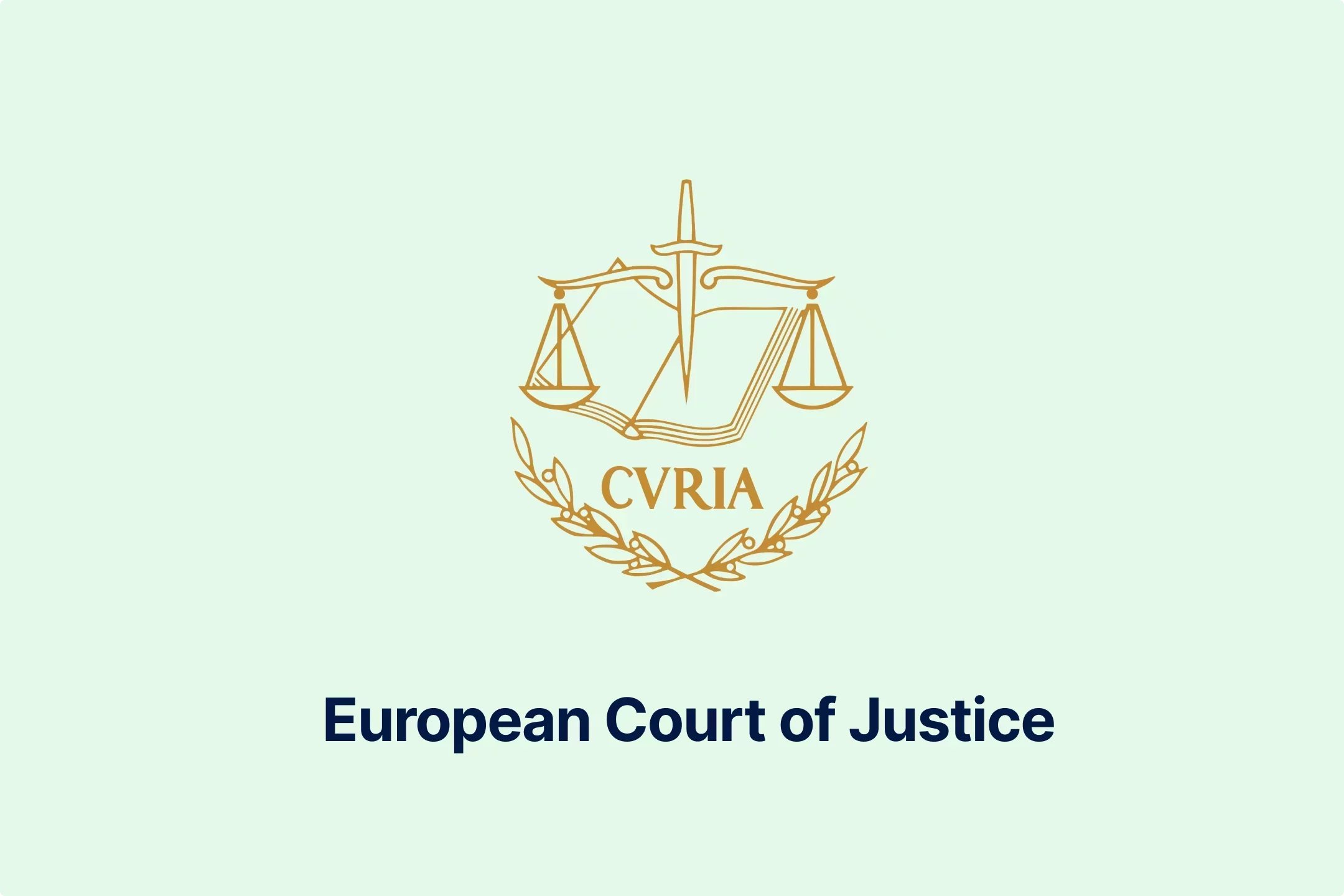
-lltkno6txy.webp)


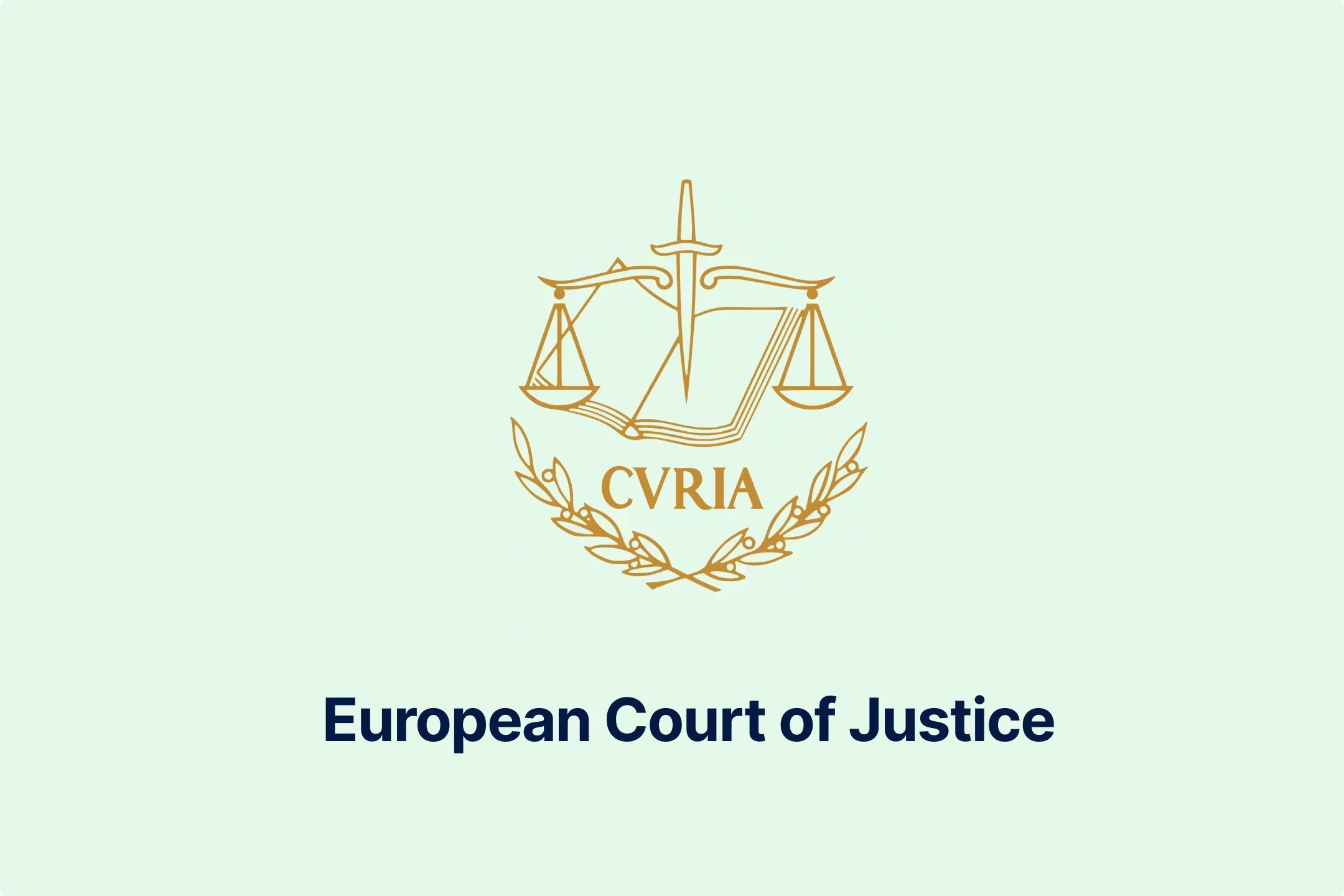
-do38odrqnq.webp)
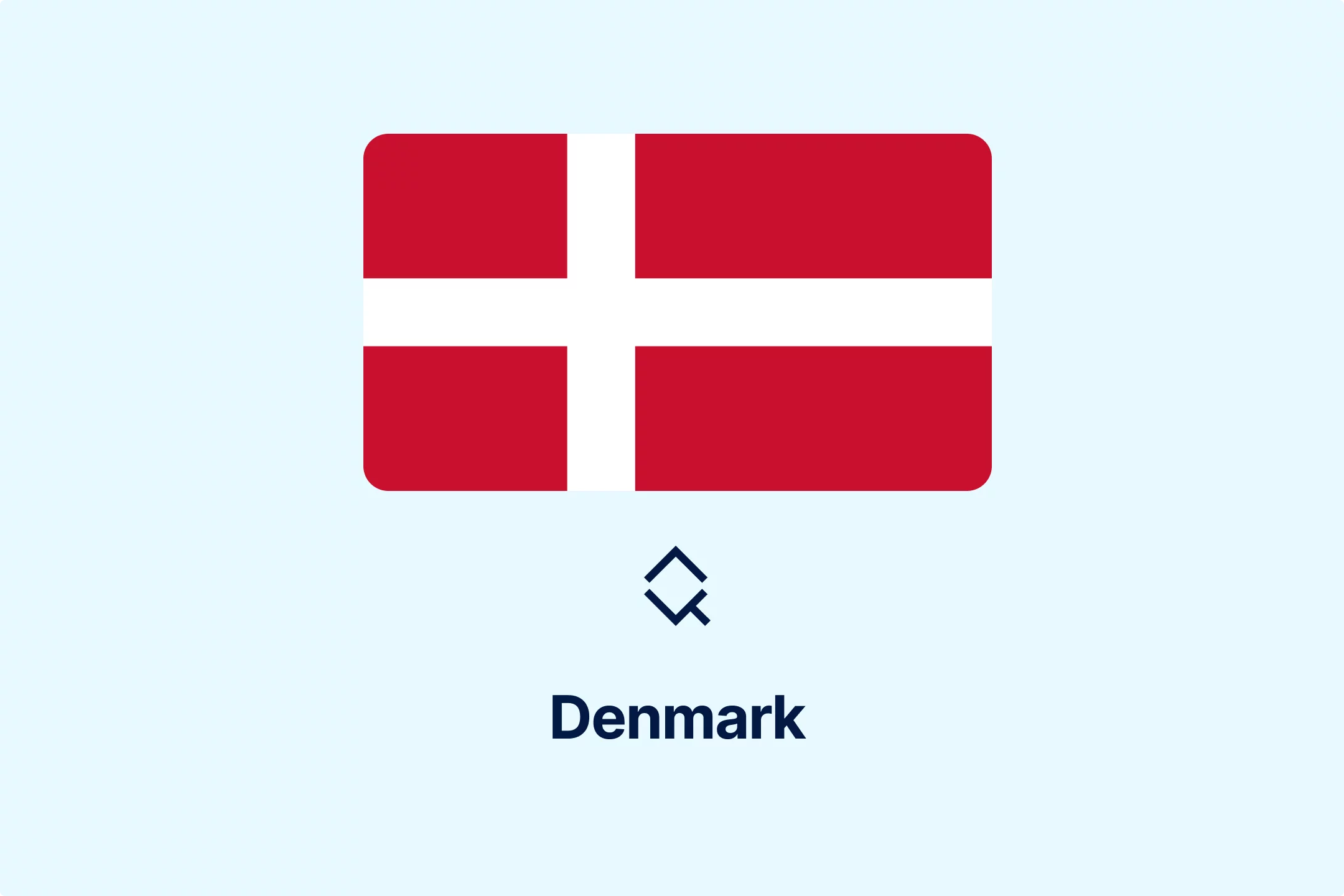
-t409oldqzt.webp)
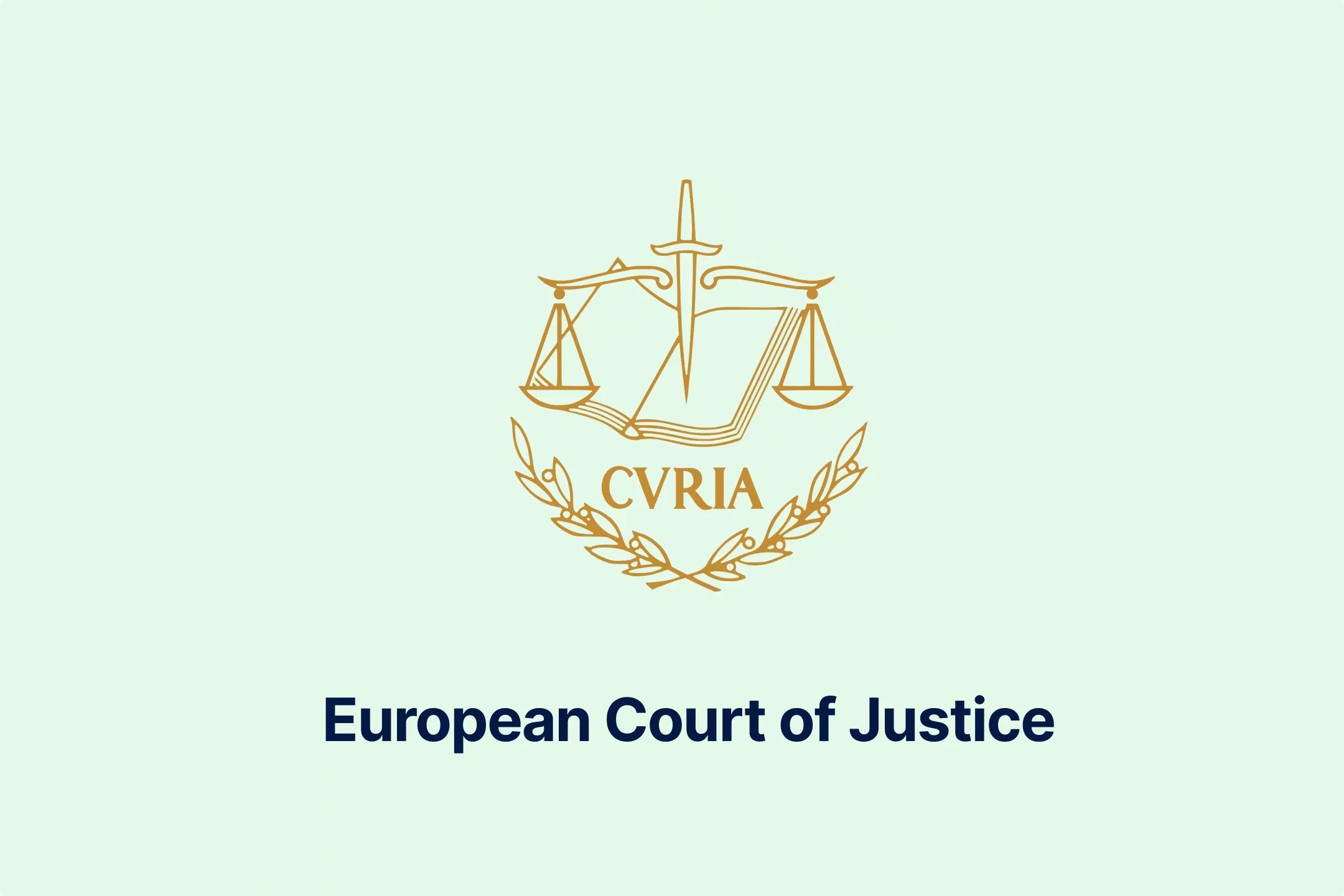
-hordopb6xh.webp)
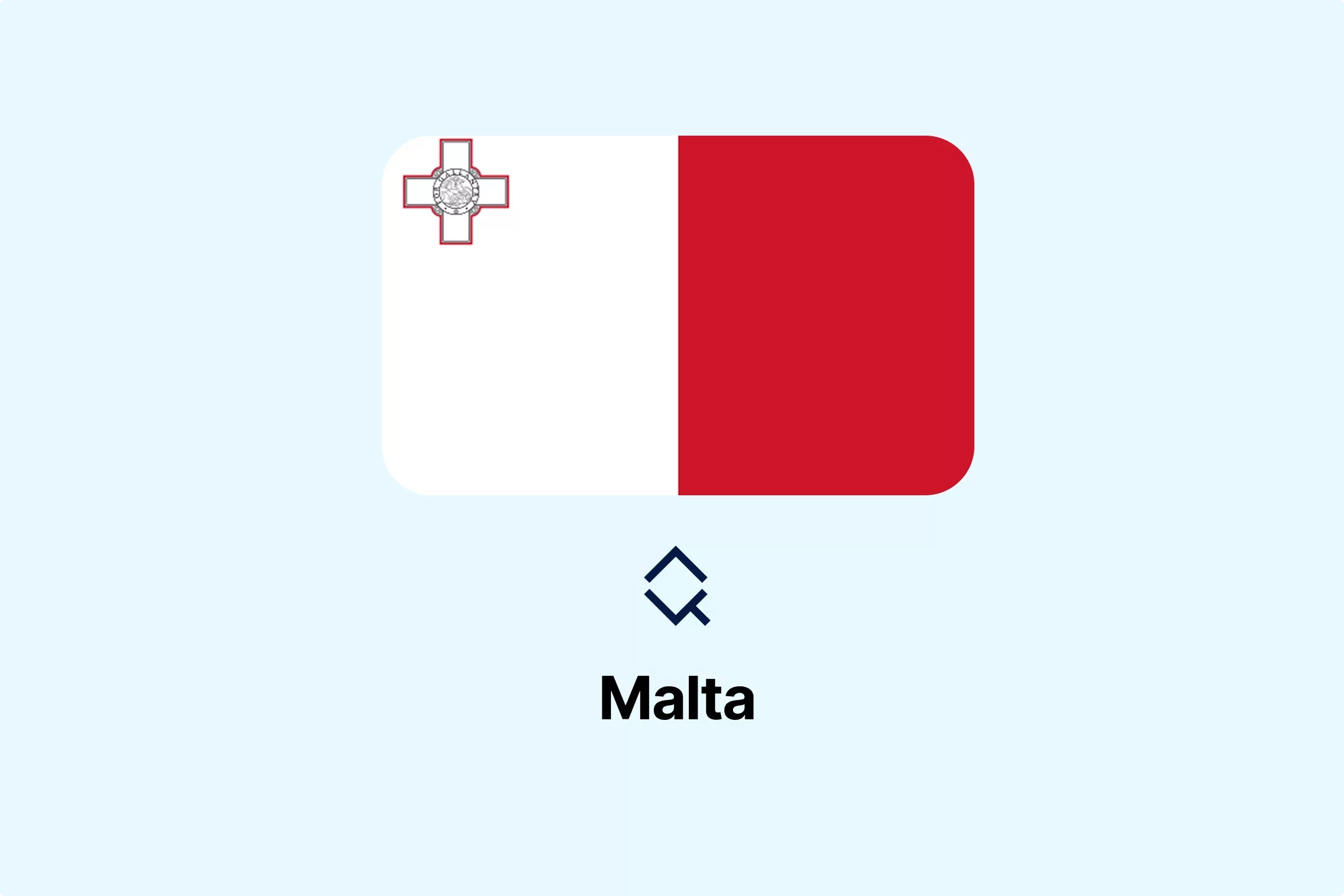
-ooimnrbete.webp)
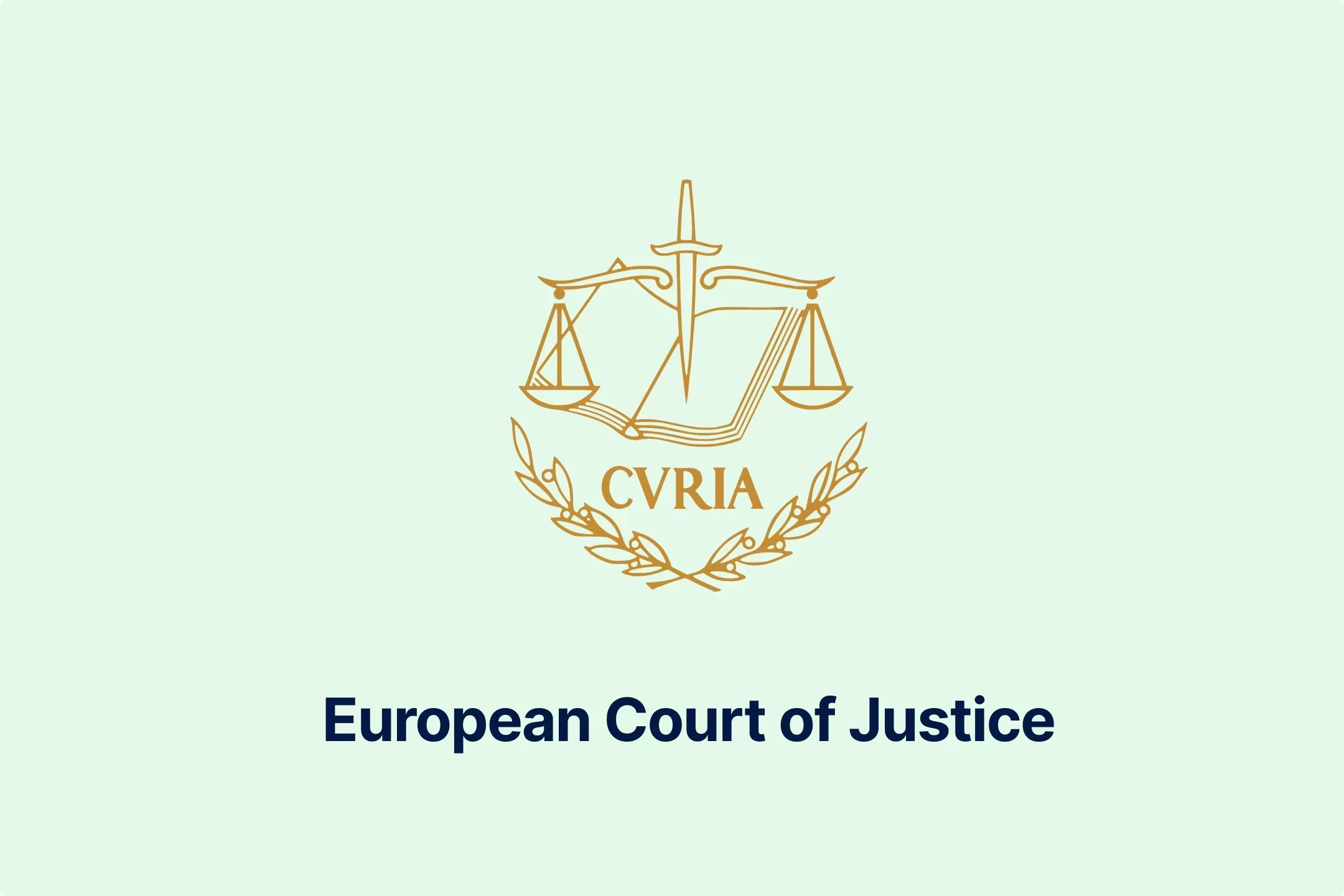
-lwb5qpsily.webp)
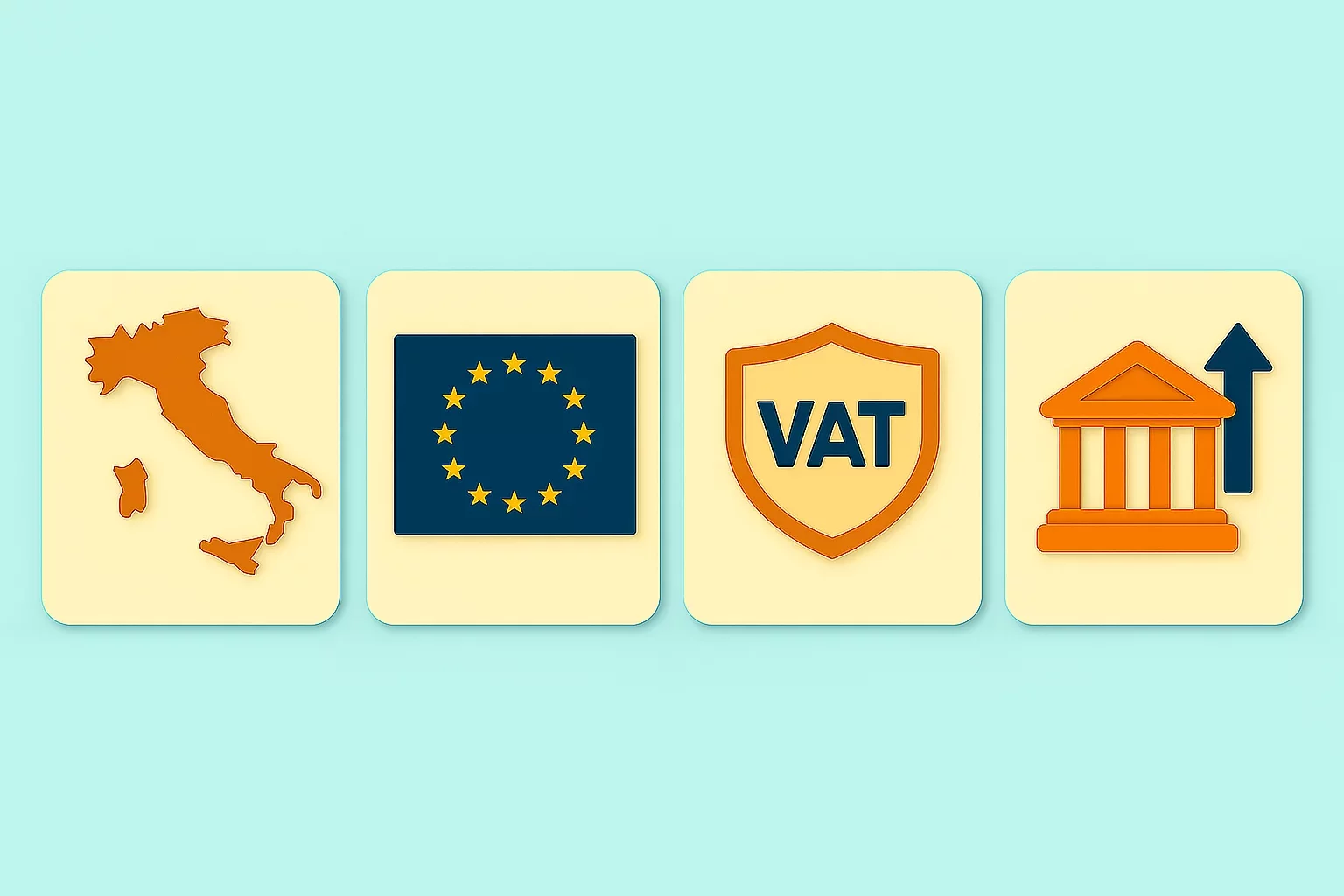

-eumafizrhm.webp)
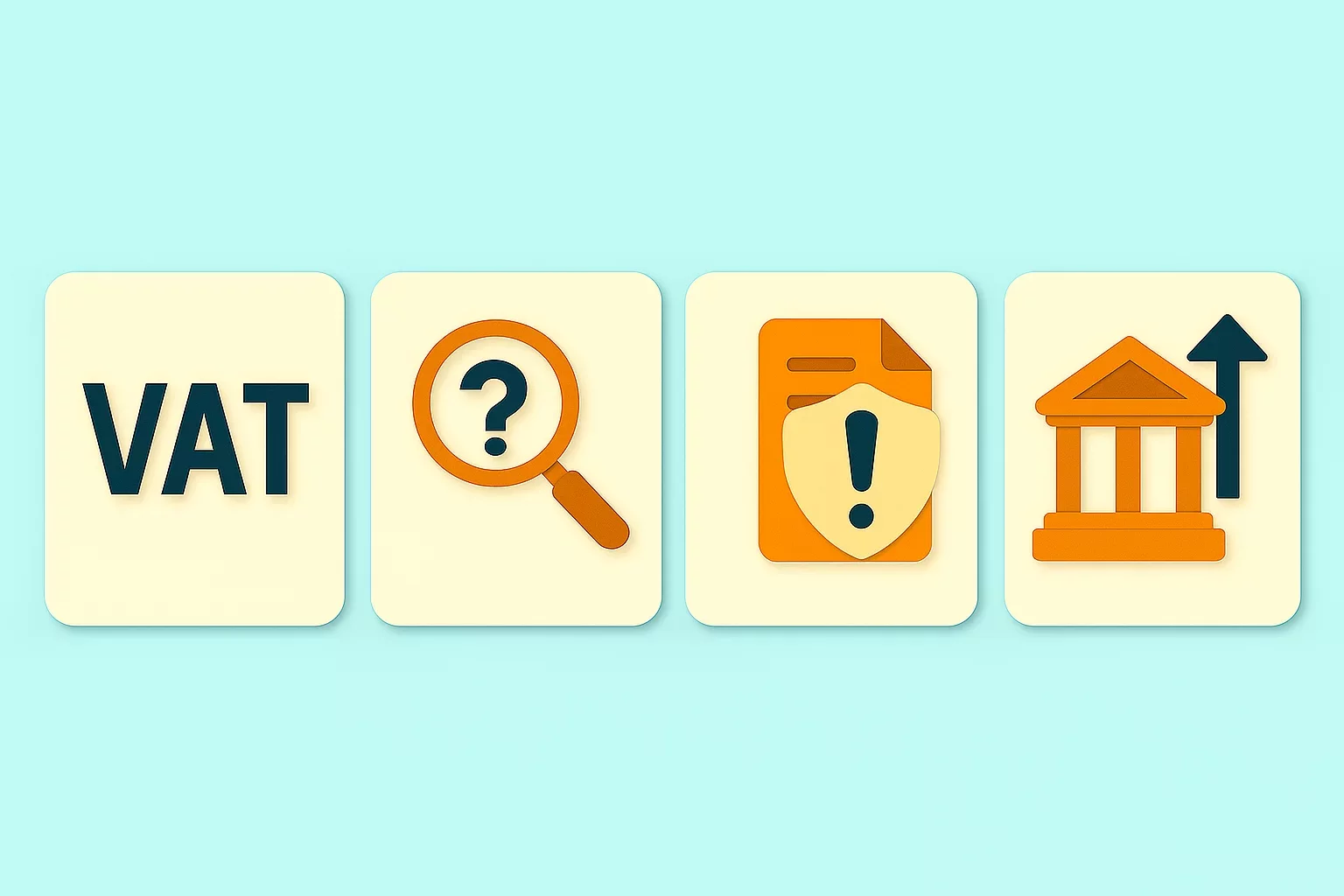
-mtqp3va9gb.webp)

-3ewrn1yvfa.webp)
-591j35flz2.webp)
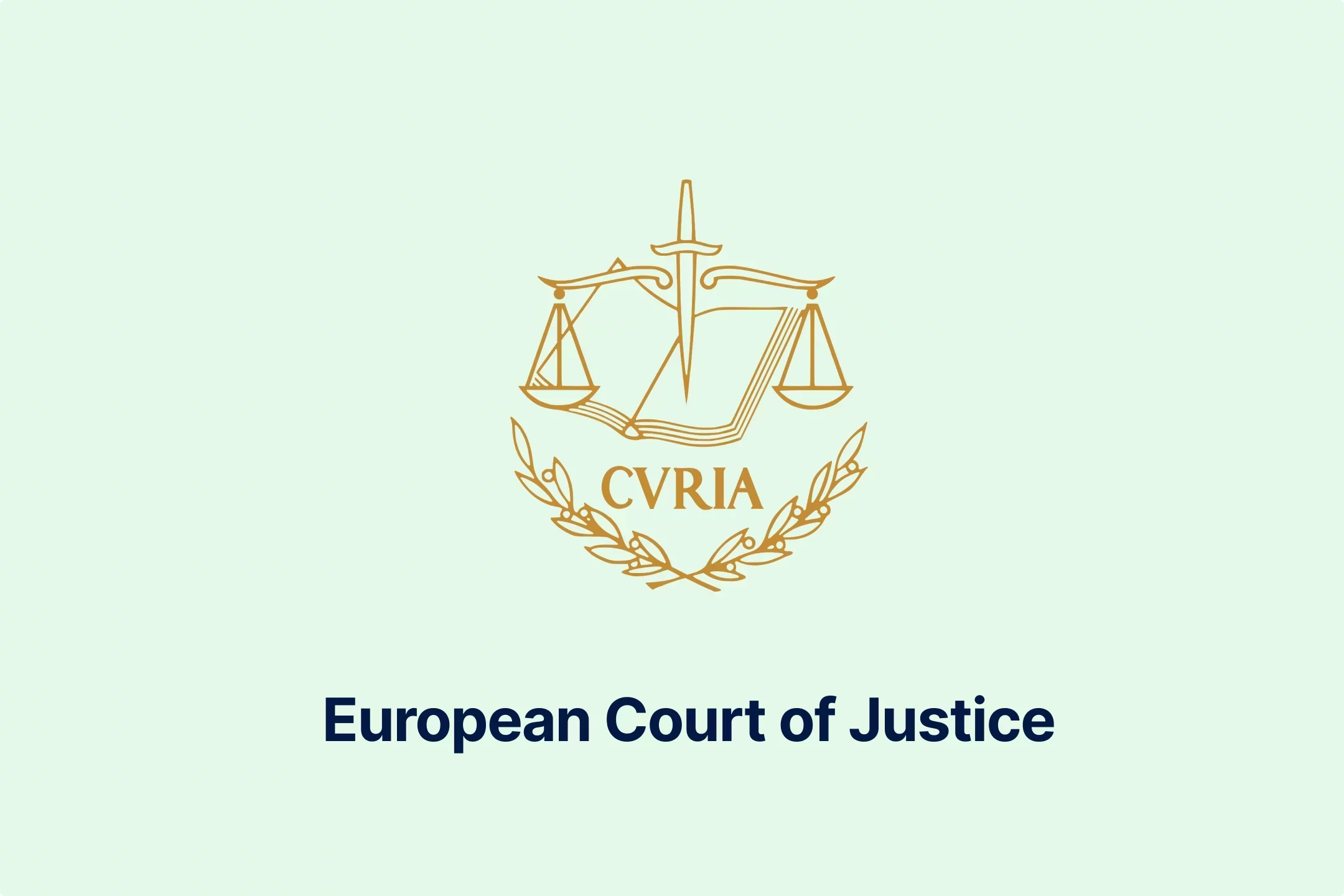
-huj3cam1de.webp)

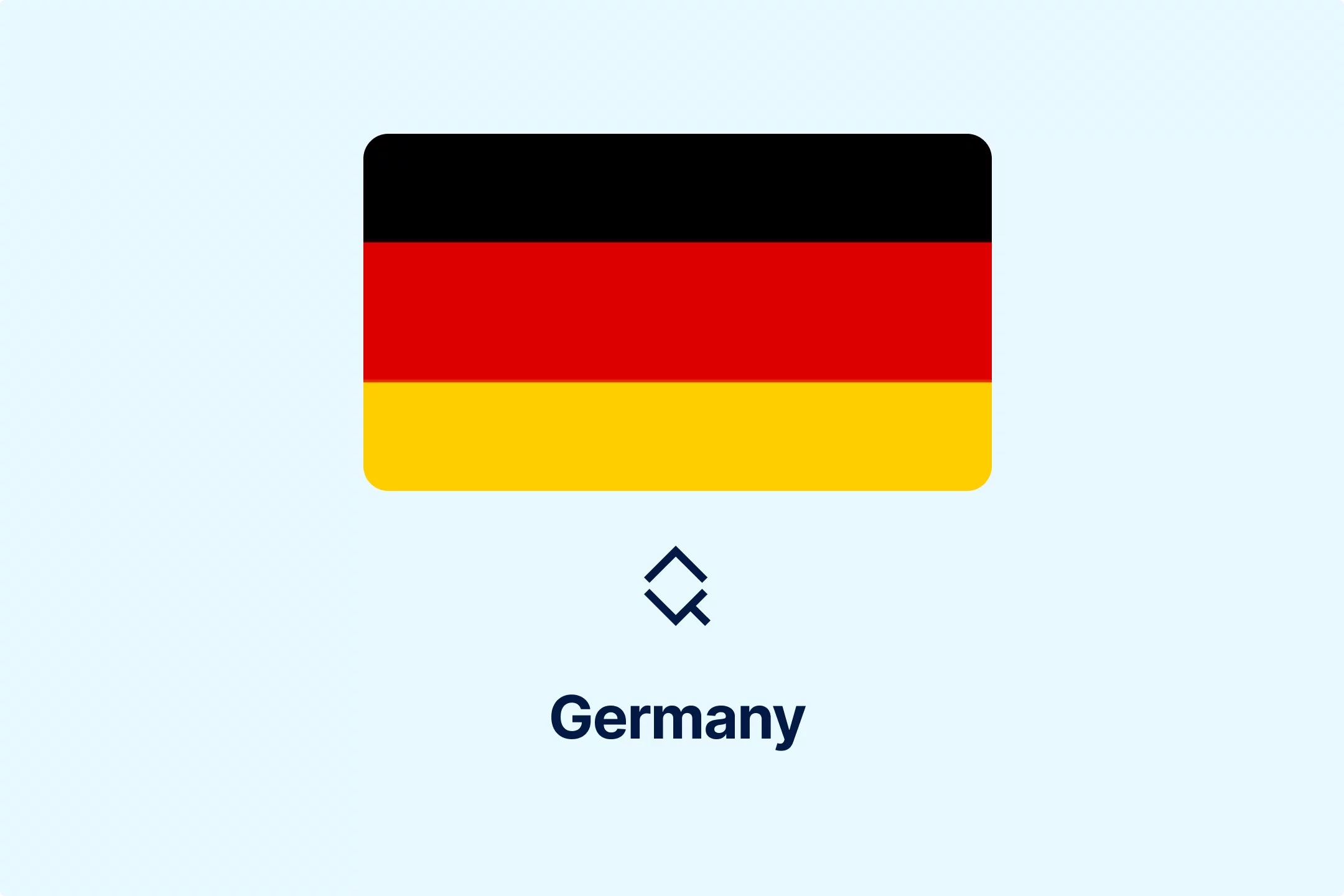
-hafis0ii23.webp)
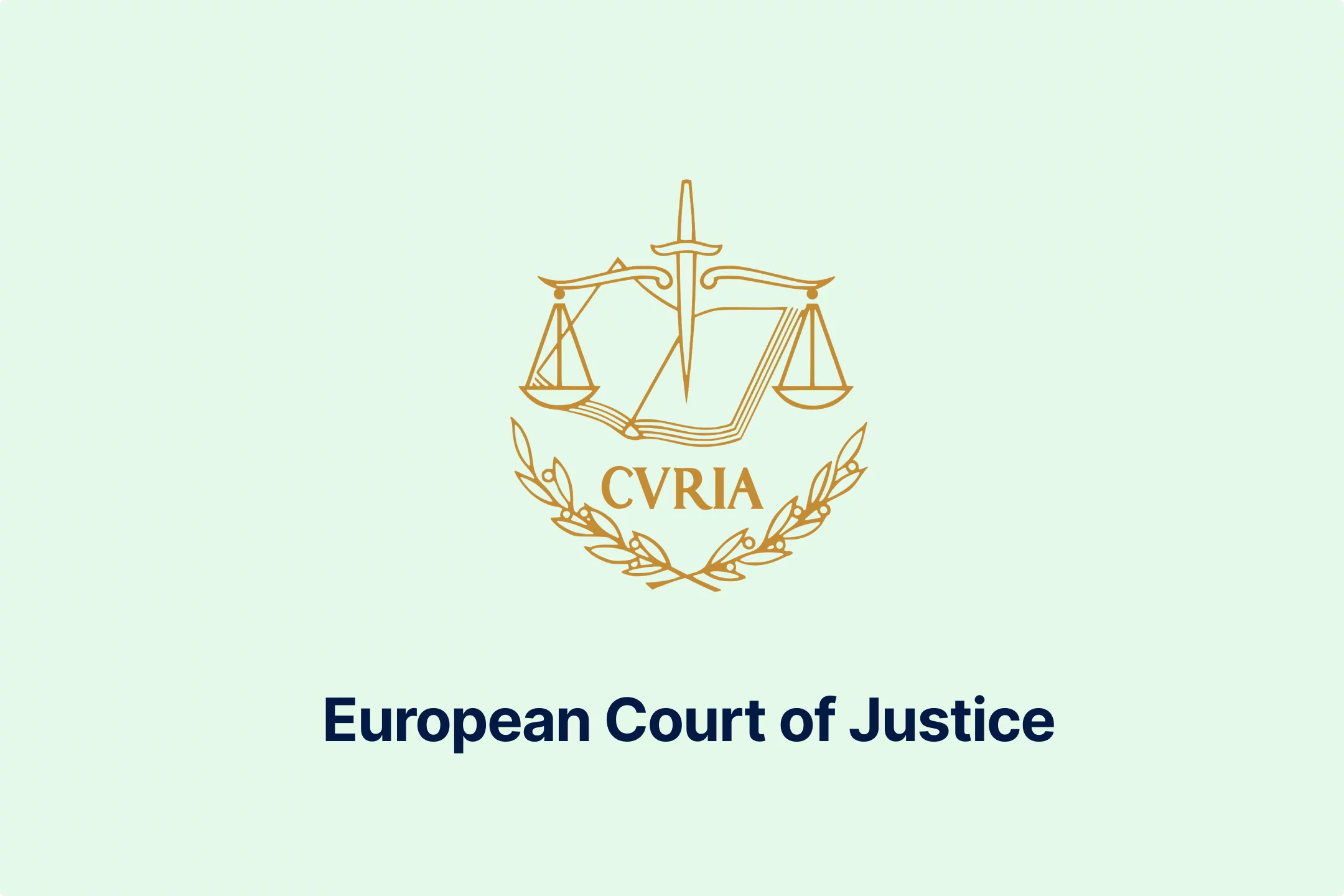
-qseaw5zmcy.webp)
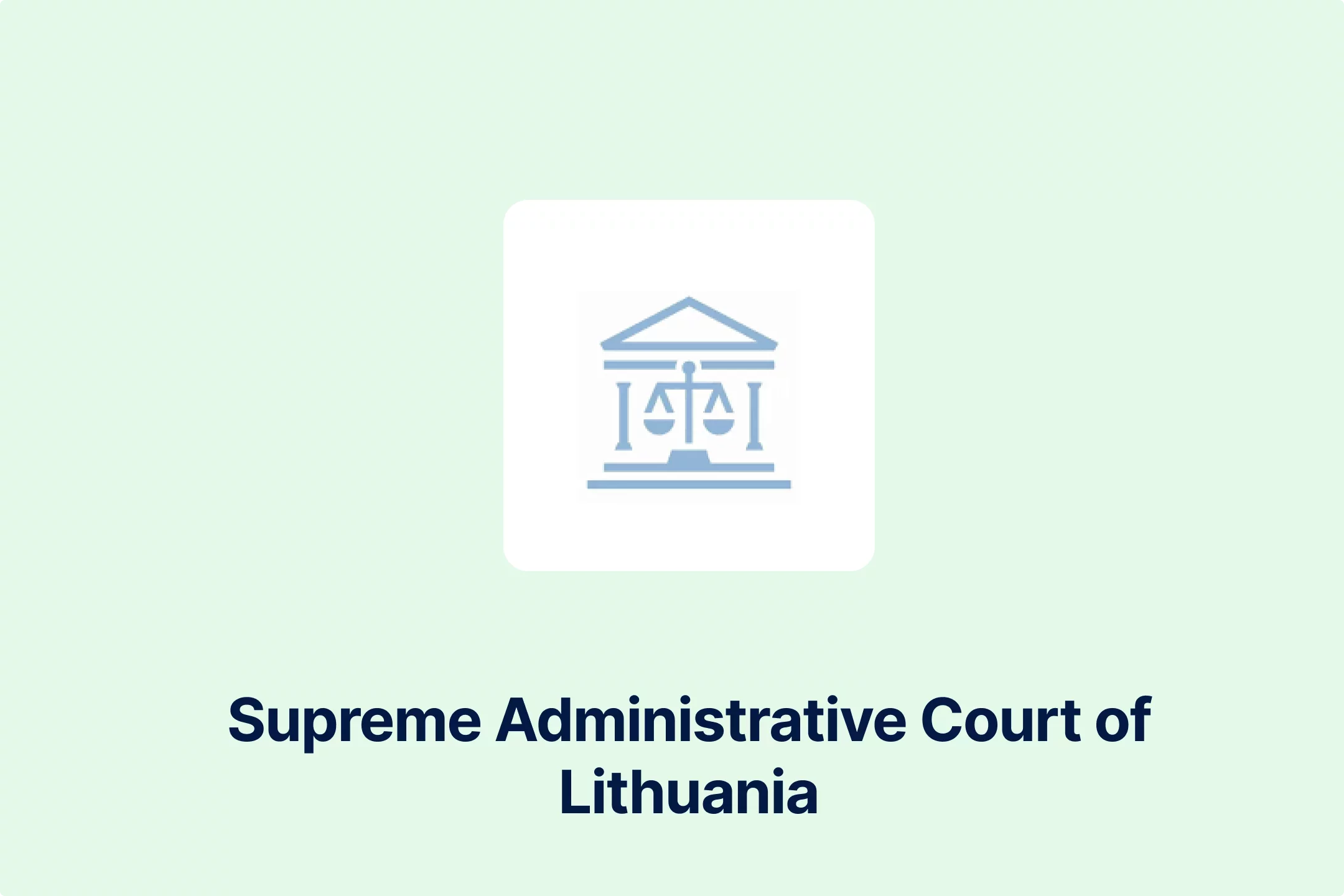


-qzsah2ifqx.webp)
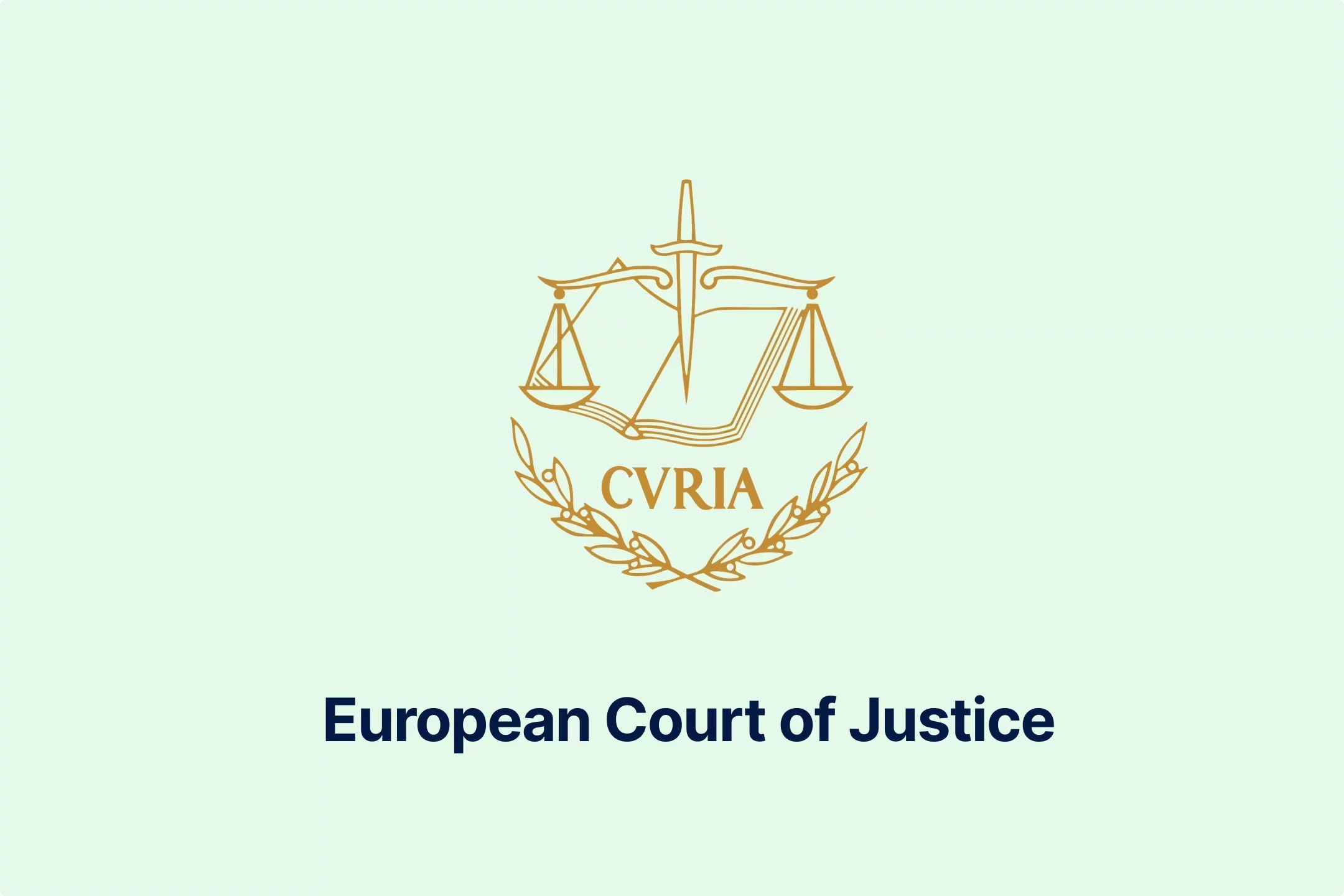
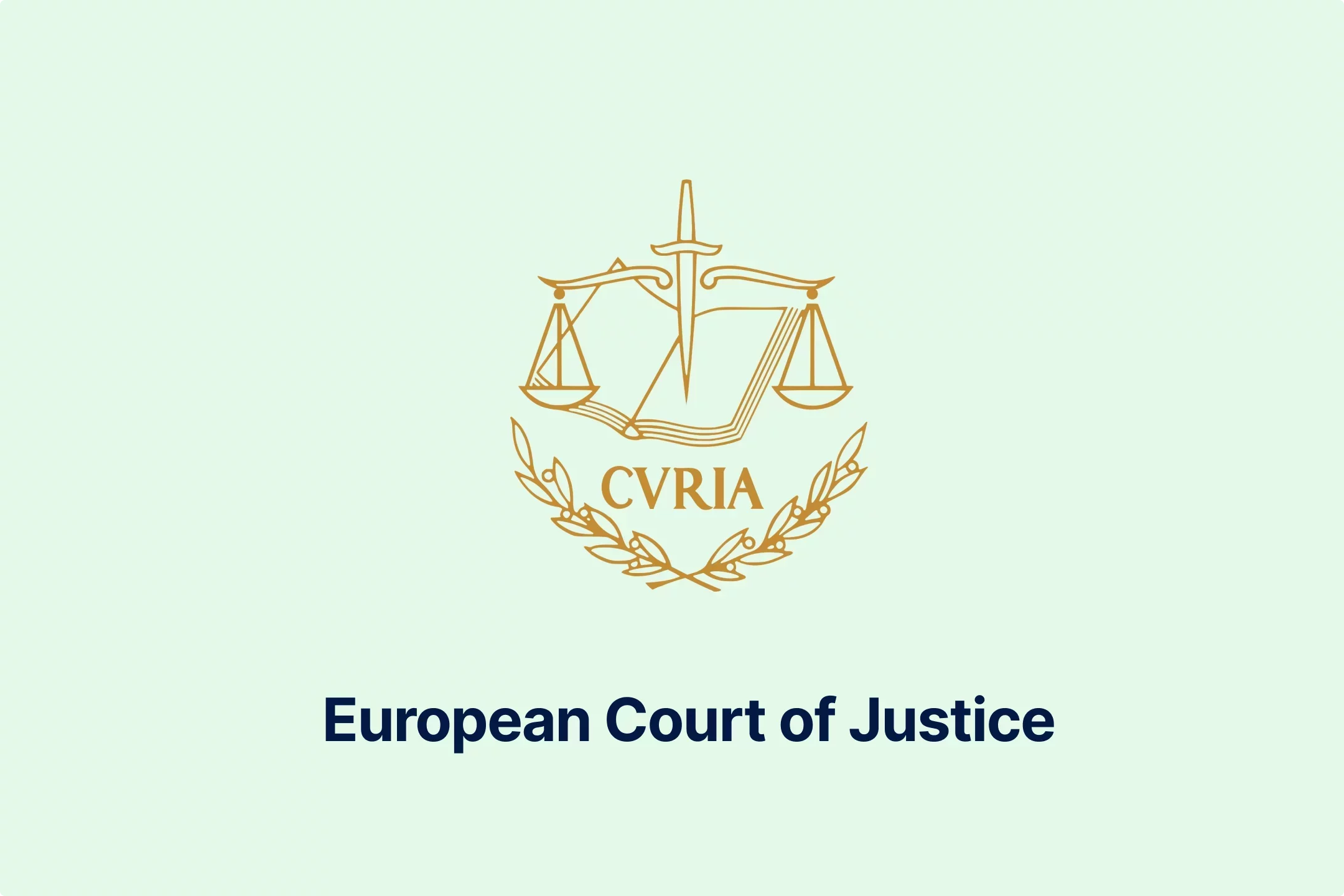
-69rzooghib.webp)
-wrvng98m0g.webp)
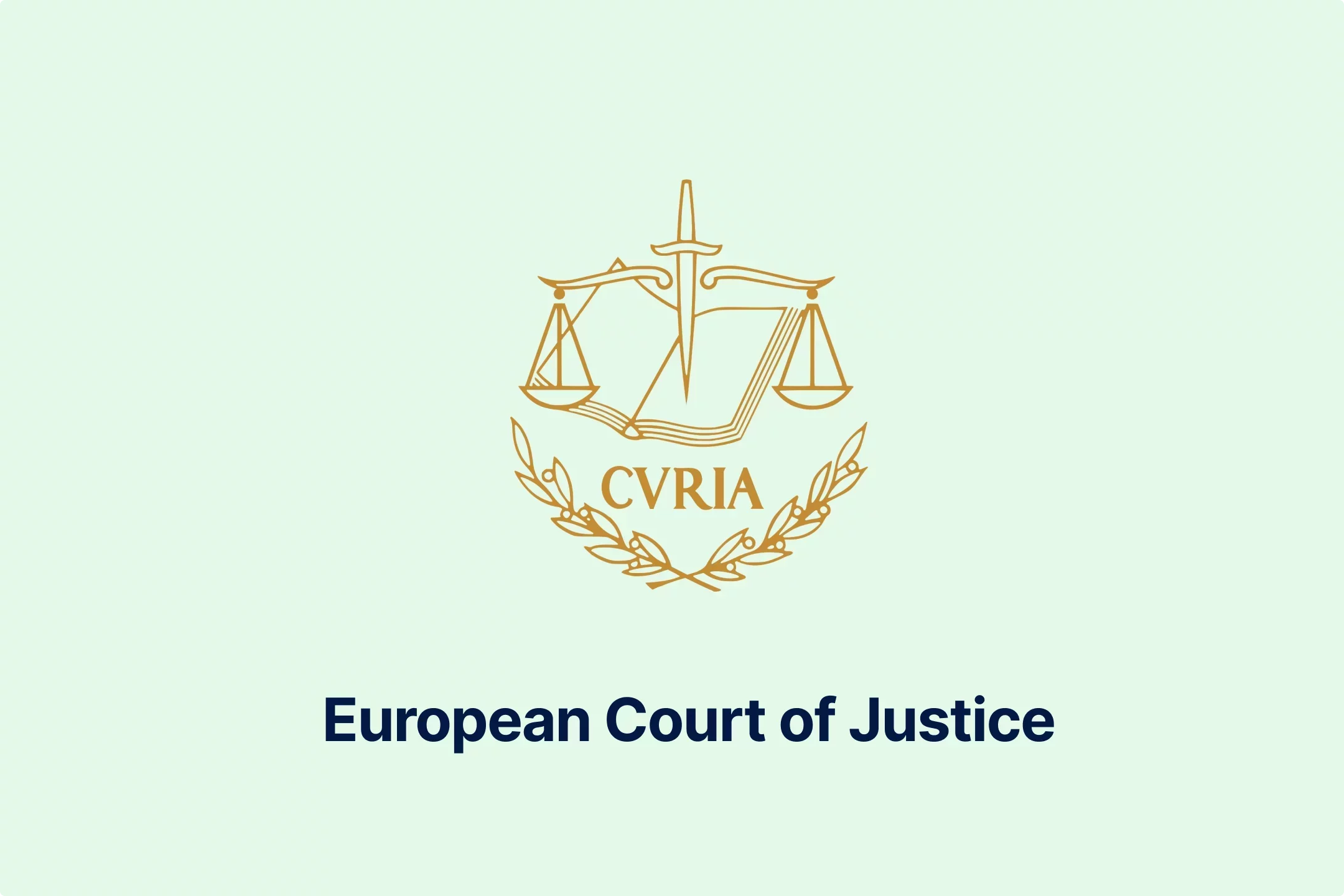
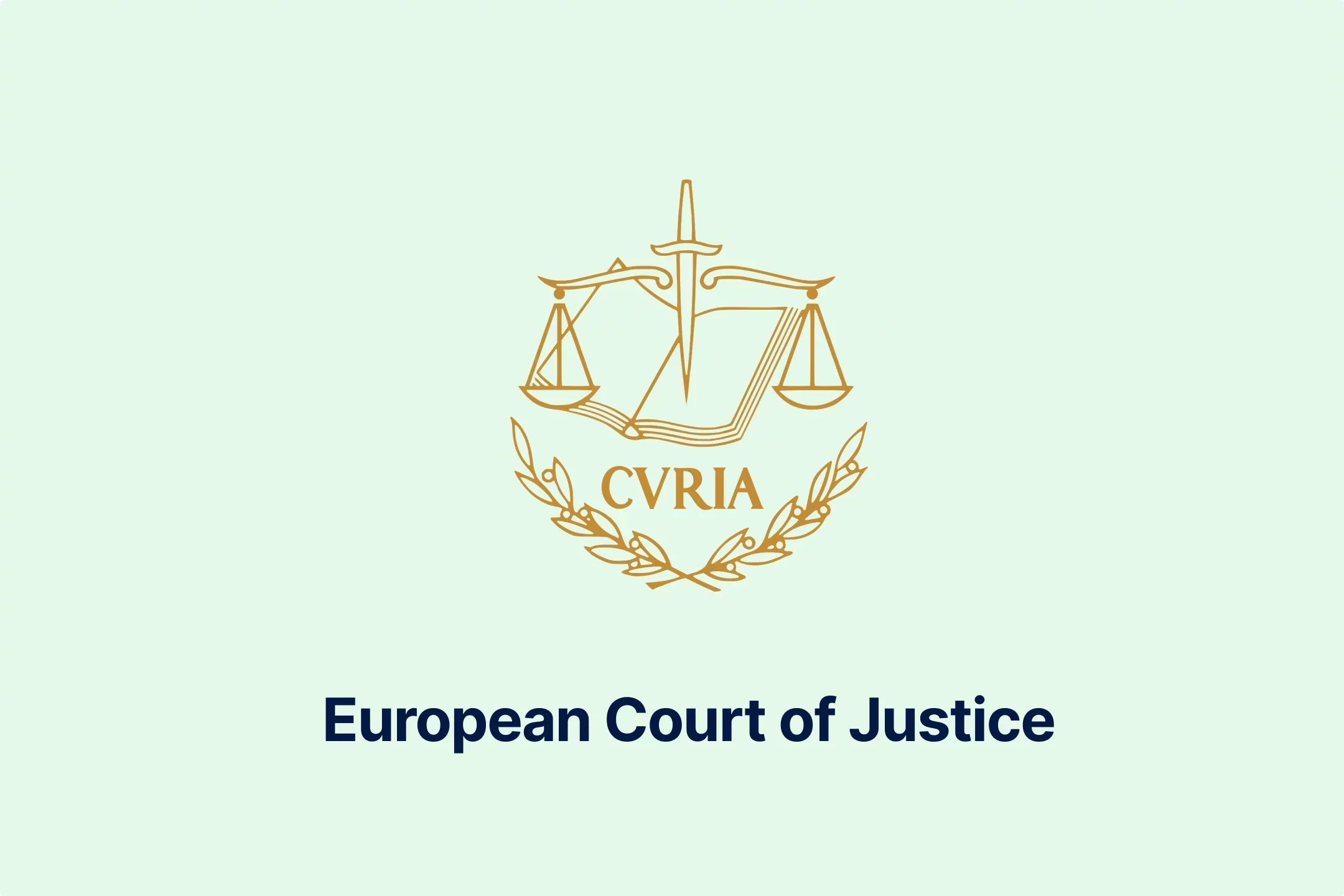
-psucycuxh2.webp)
-klyo8bn5lc.webp)



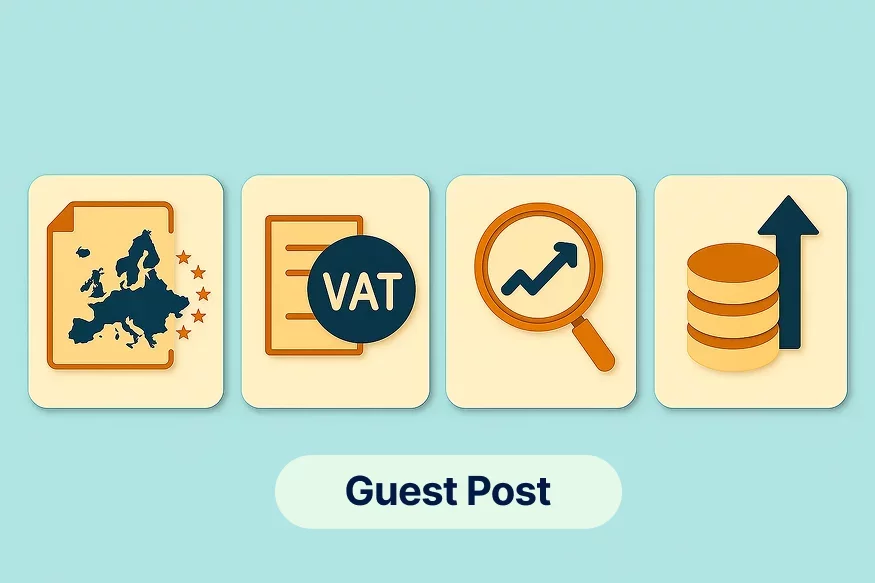
-6wv5h5eyyd.webp)
-tfgg78rbid.webp)
-a6jpv9ny8v.webp)
-qhdbapy0qr.webp)
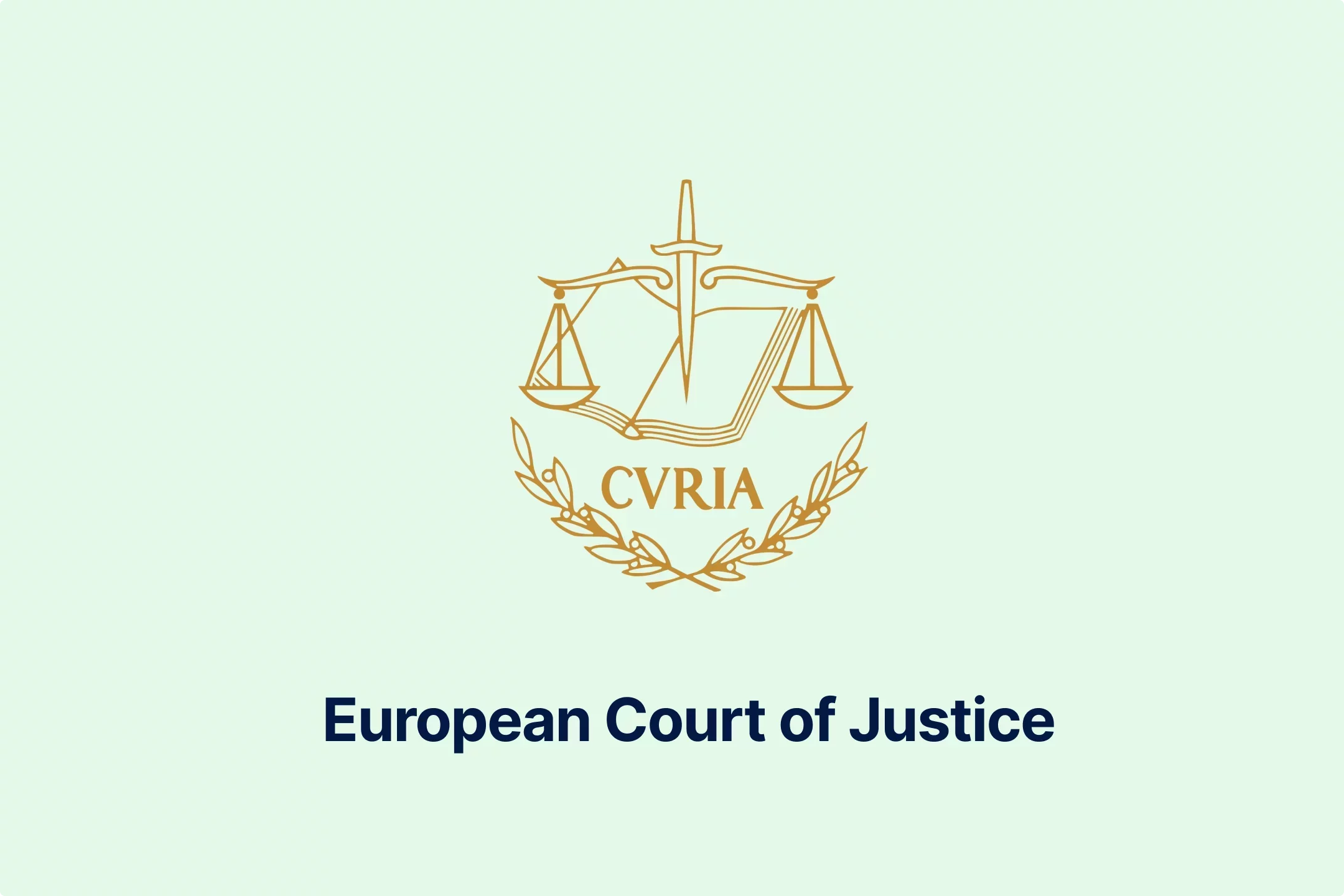
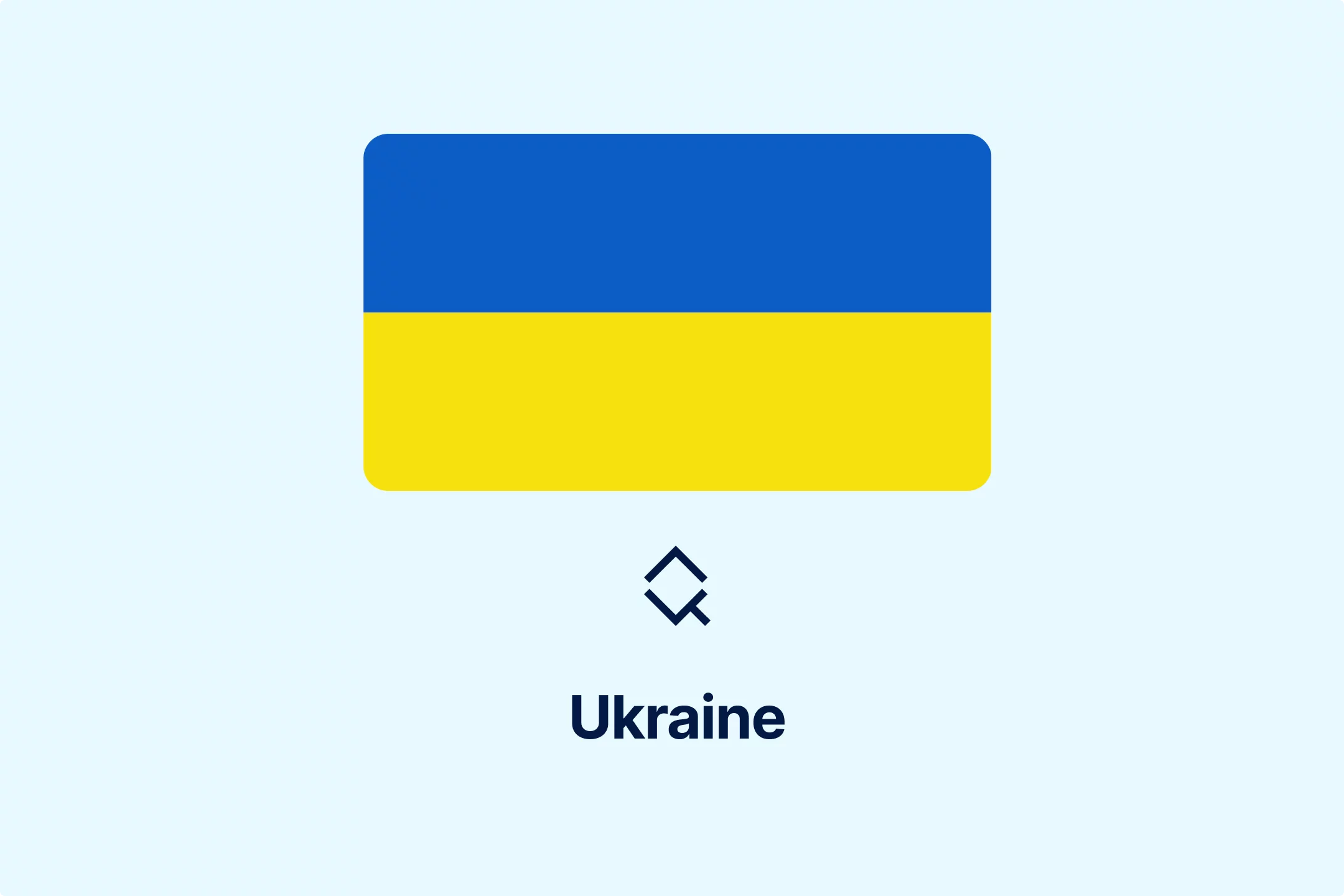
-owvu7zoc13.webp)
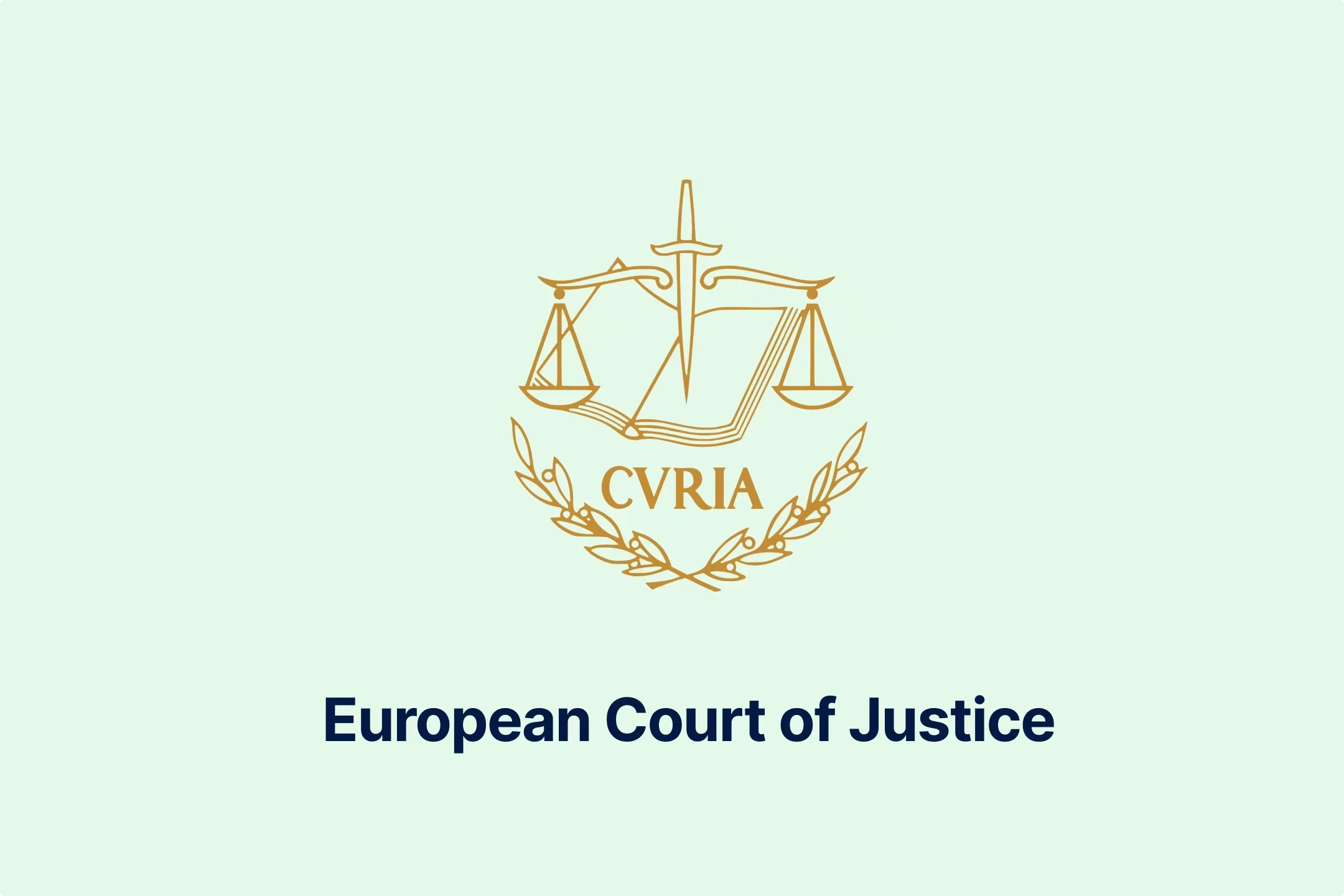

-h28jrh1ukm.webp)
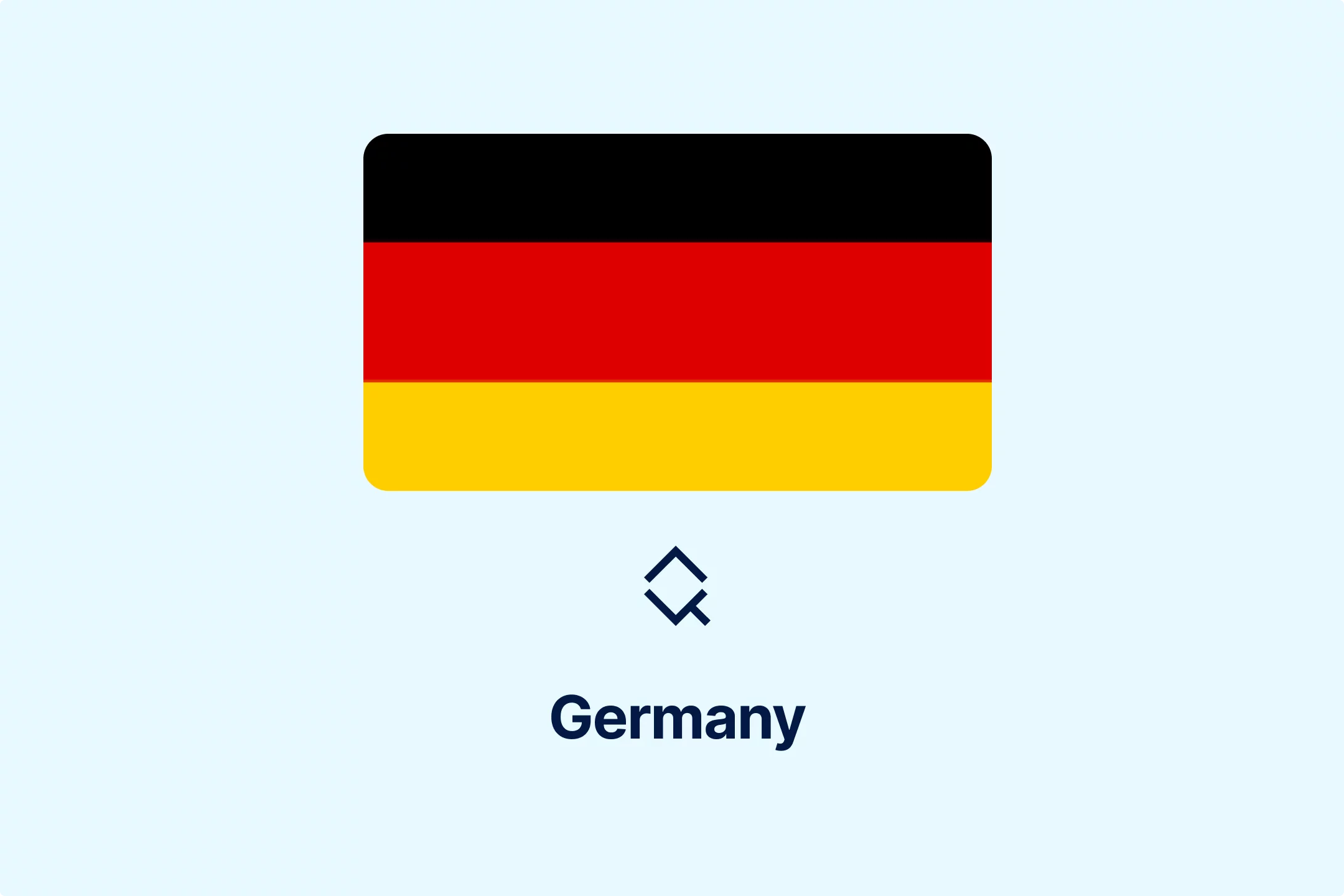
-wl9bl1rw3a.webp)
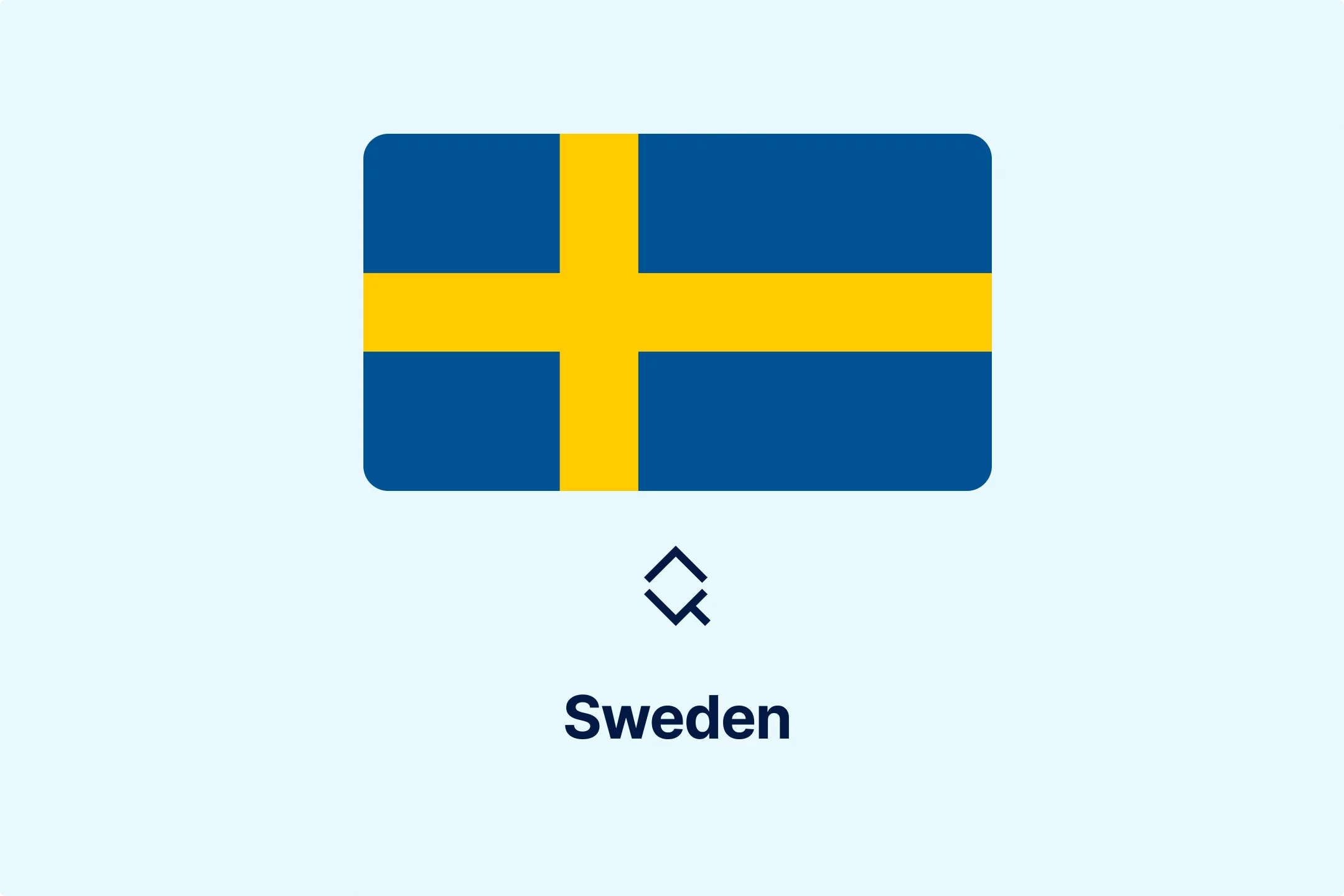
-2w76jtvtuk.webp)
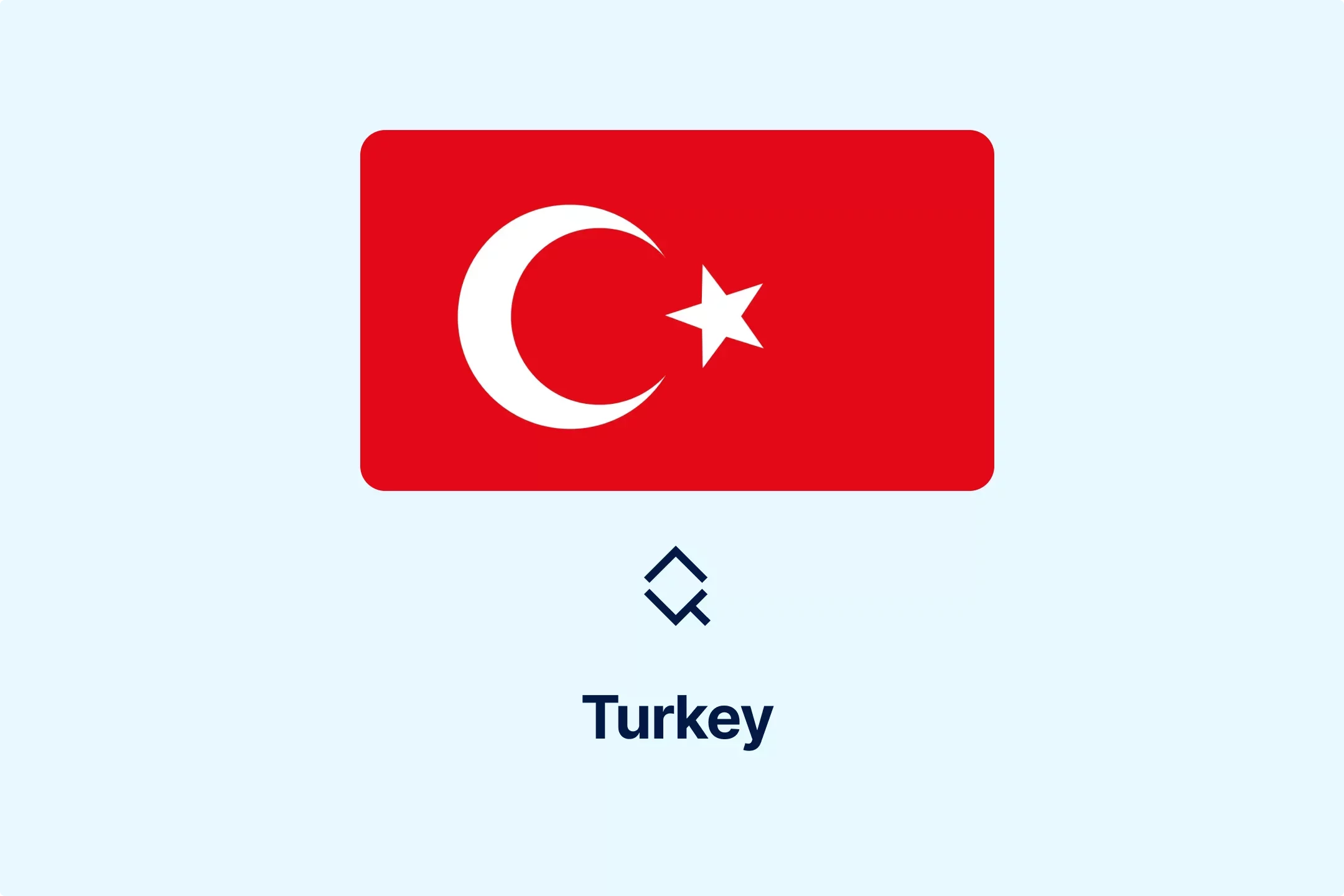
-c0uvrmrq9j.webp)
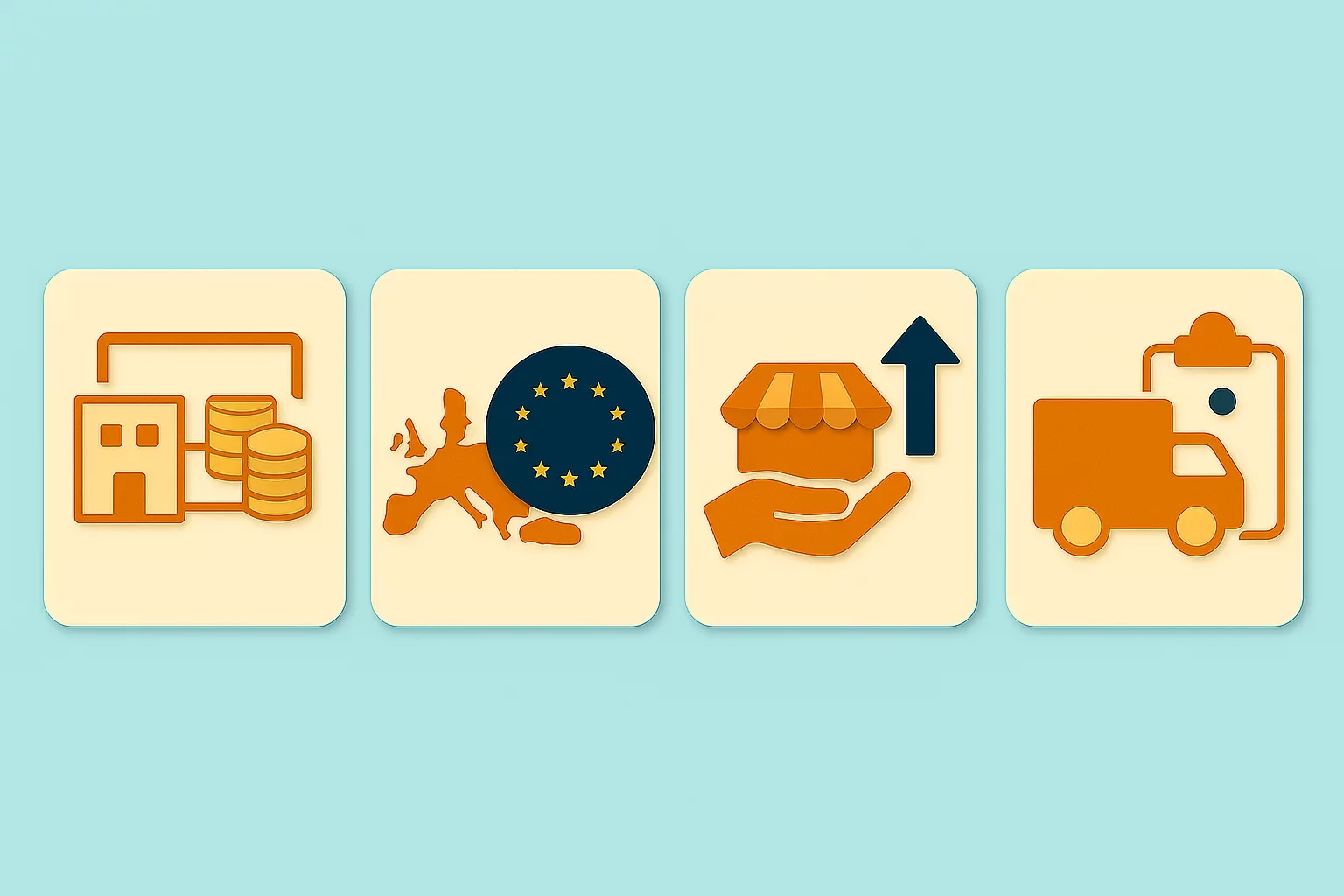
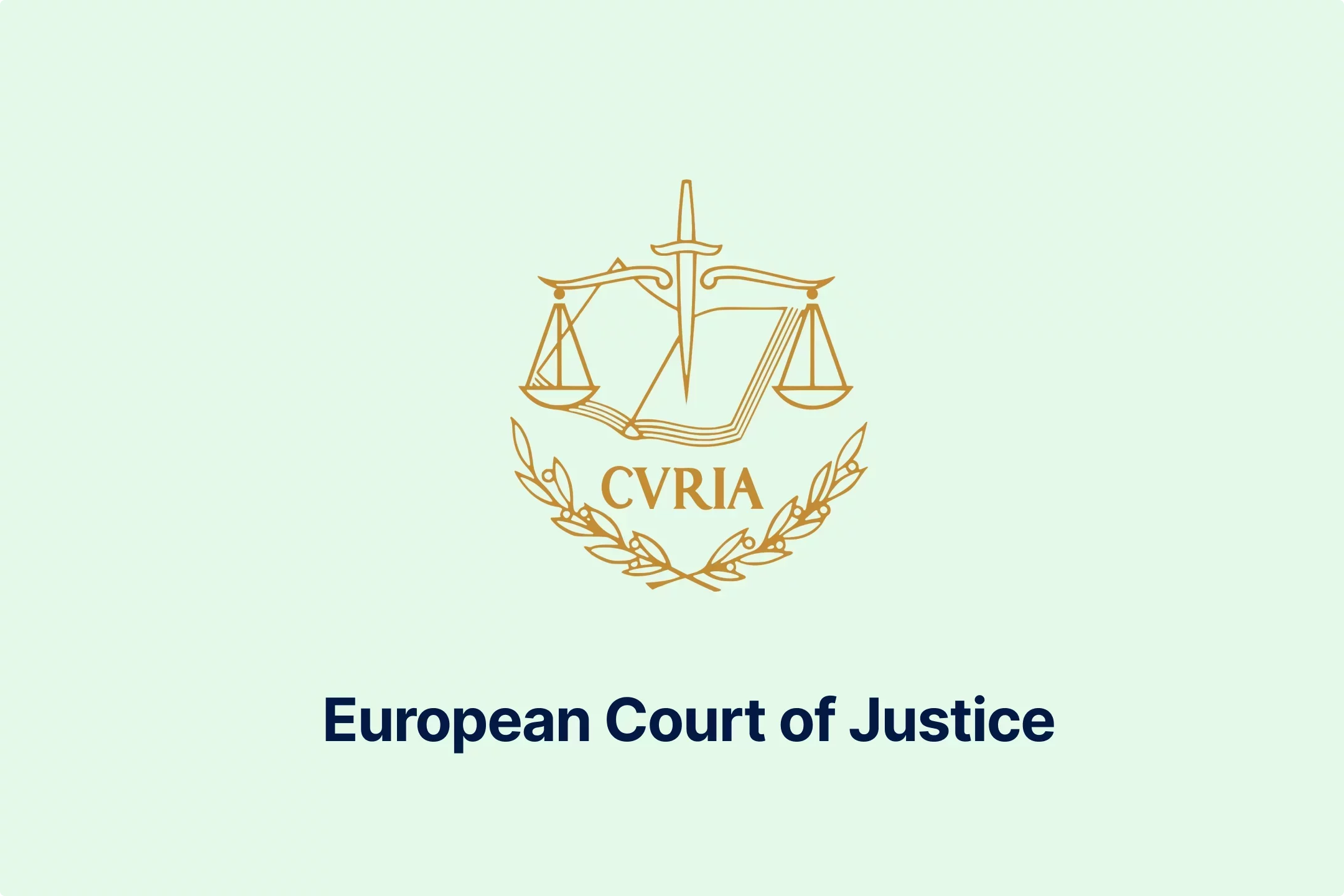
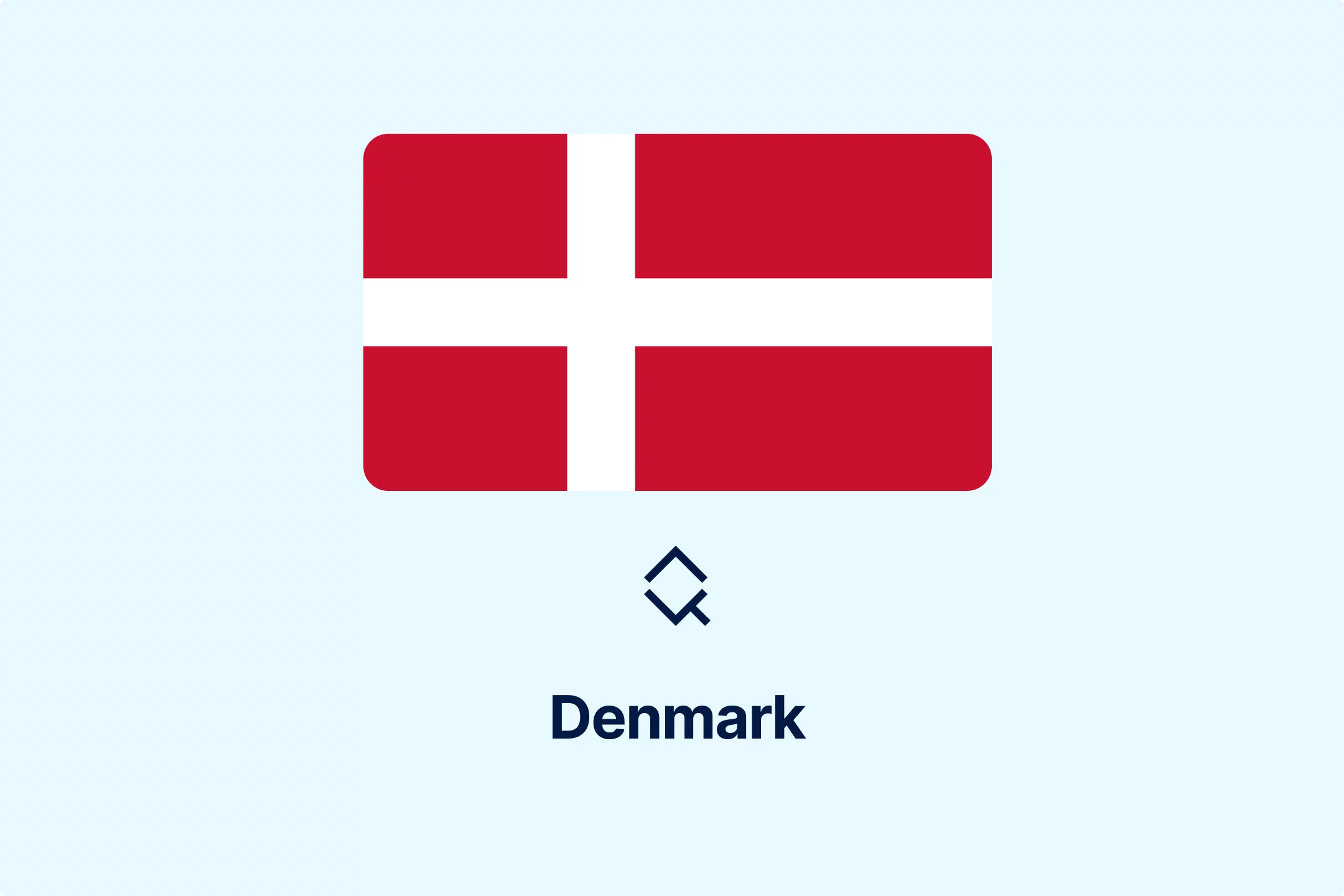
-pofe7ucwz3.webp)
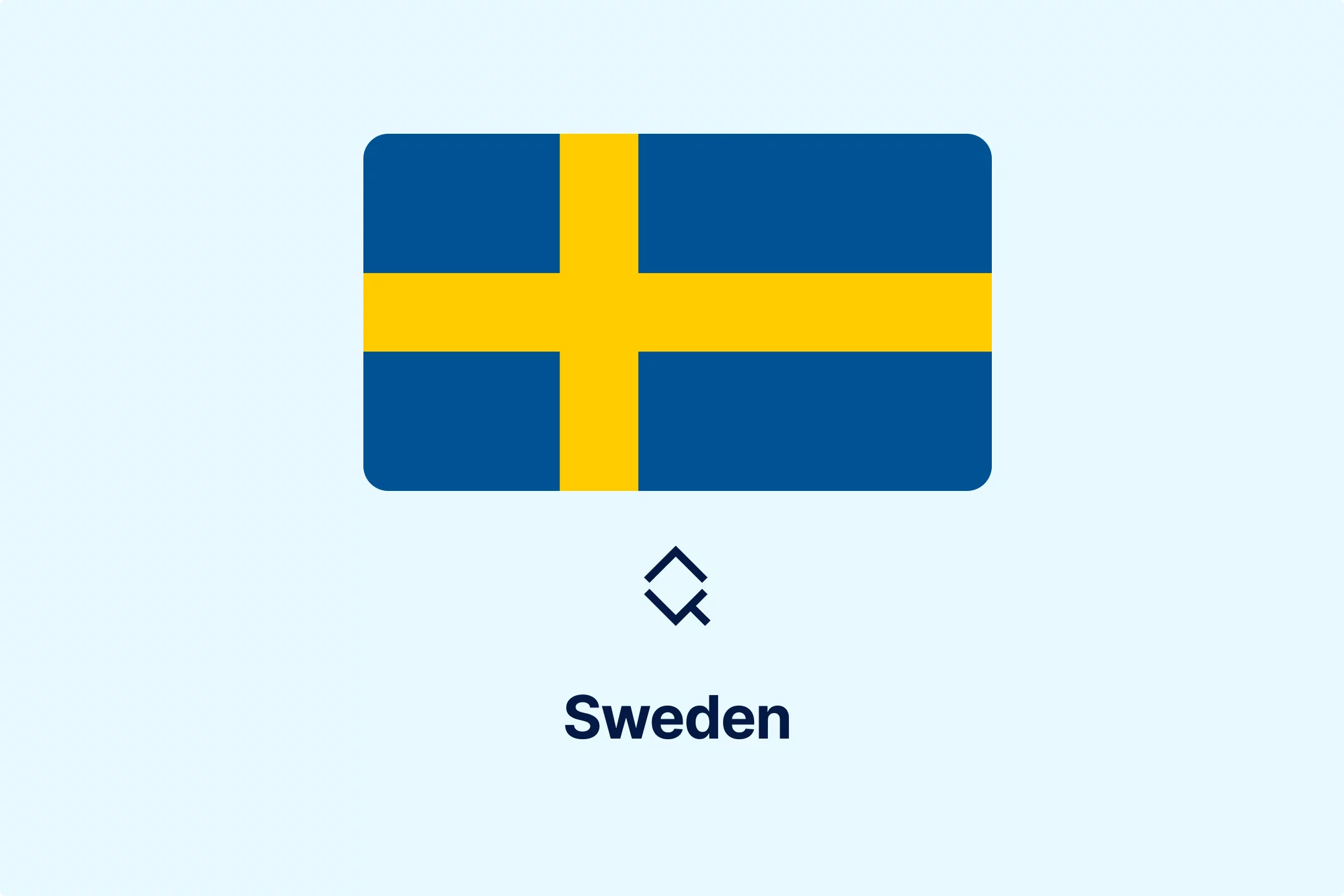

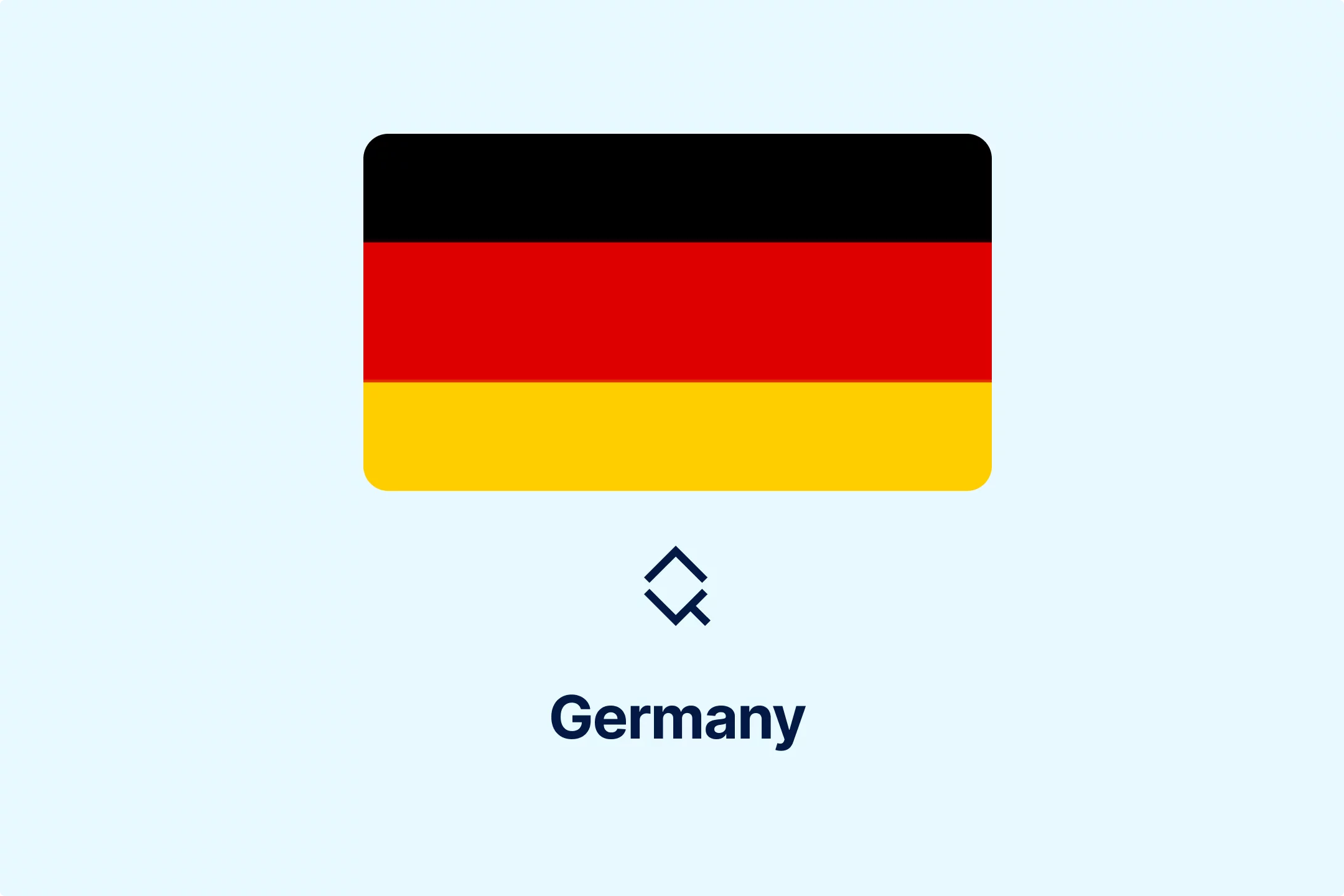
-5cc23ezxyf.webp)
-rrmabbekeb.webp)
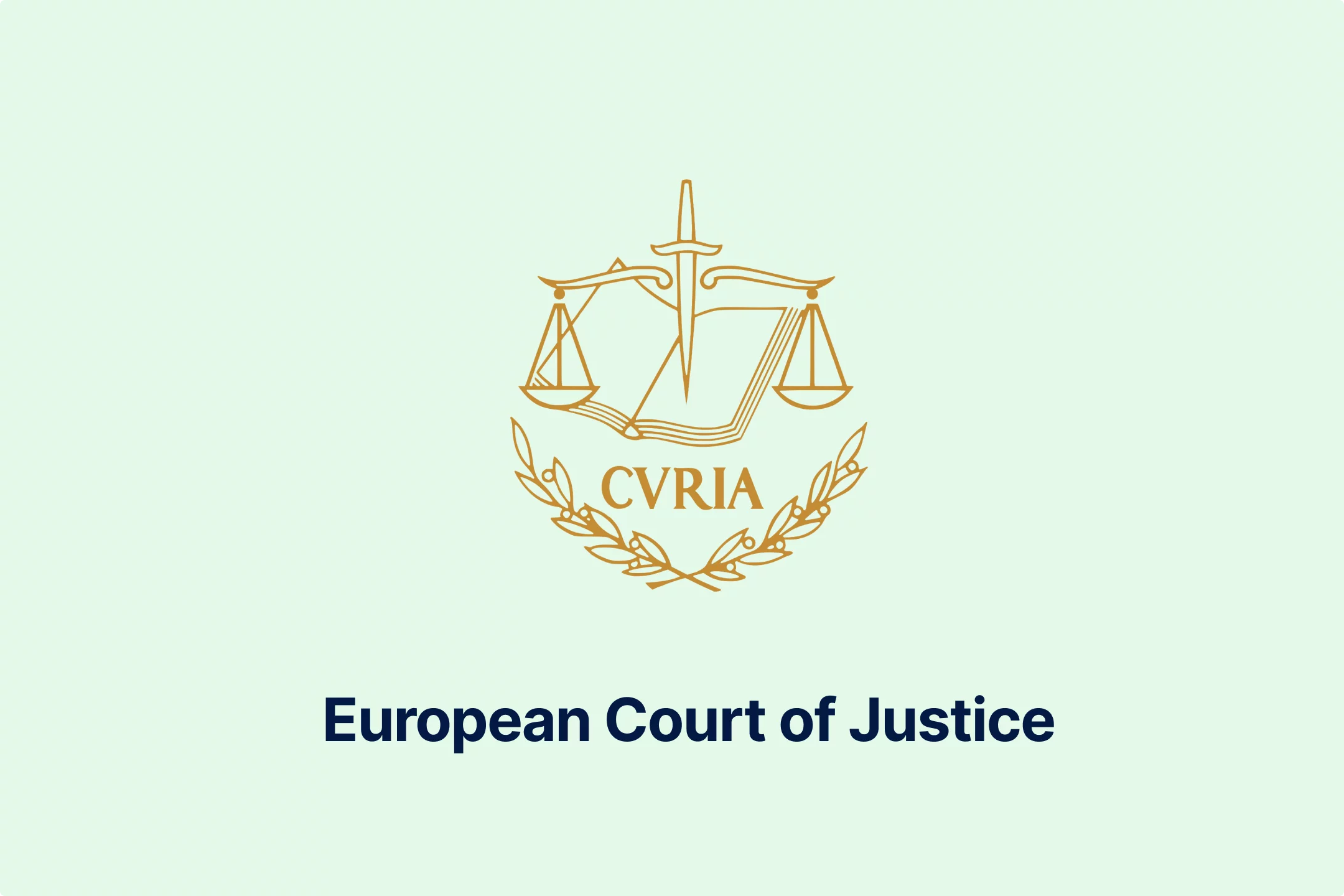
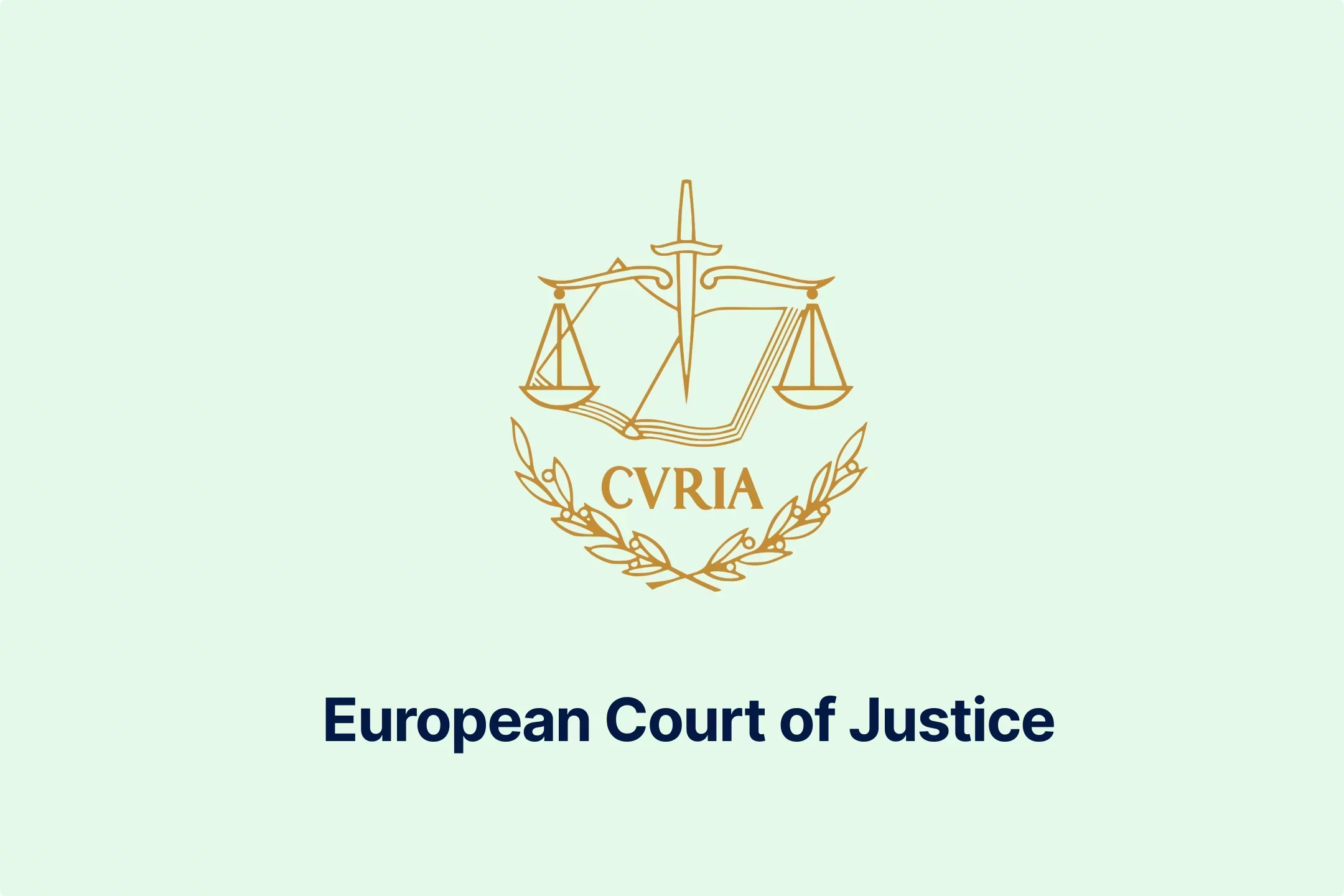
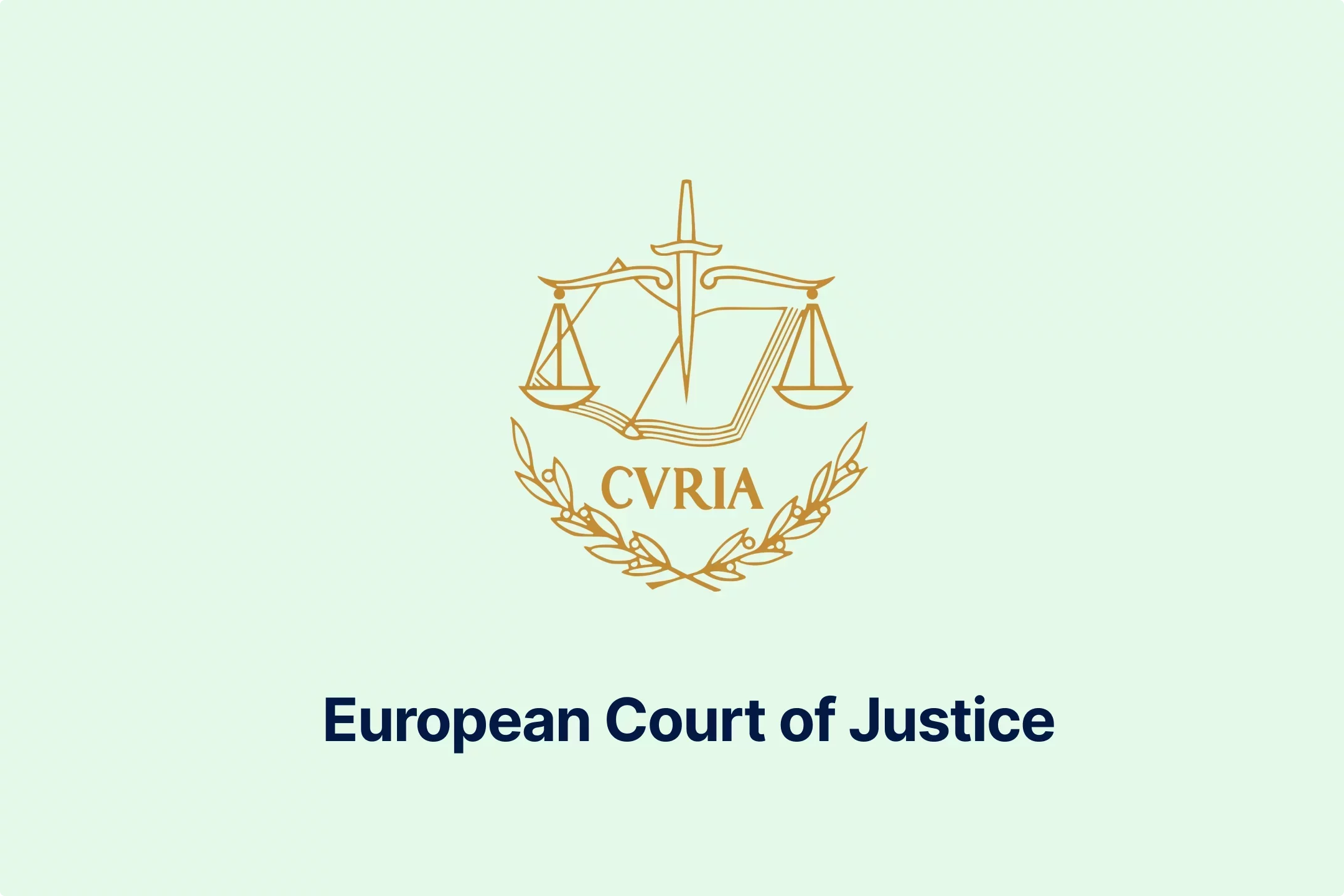
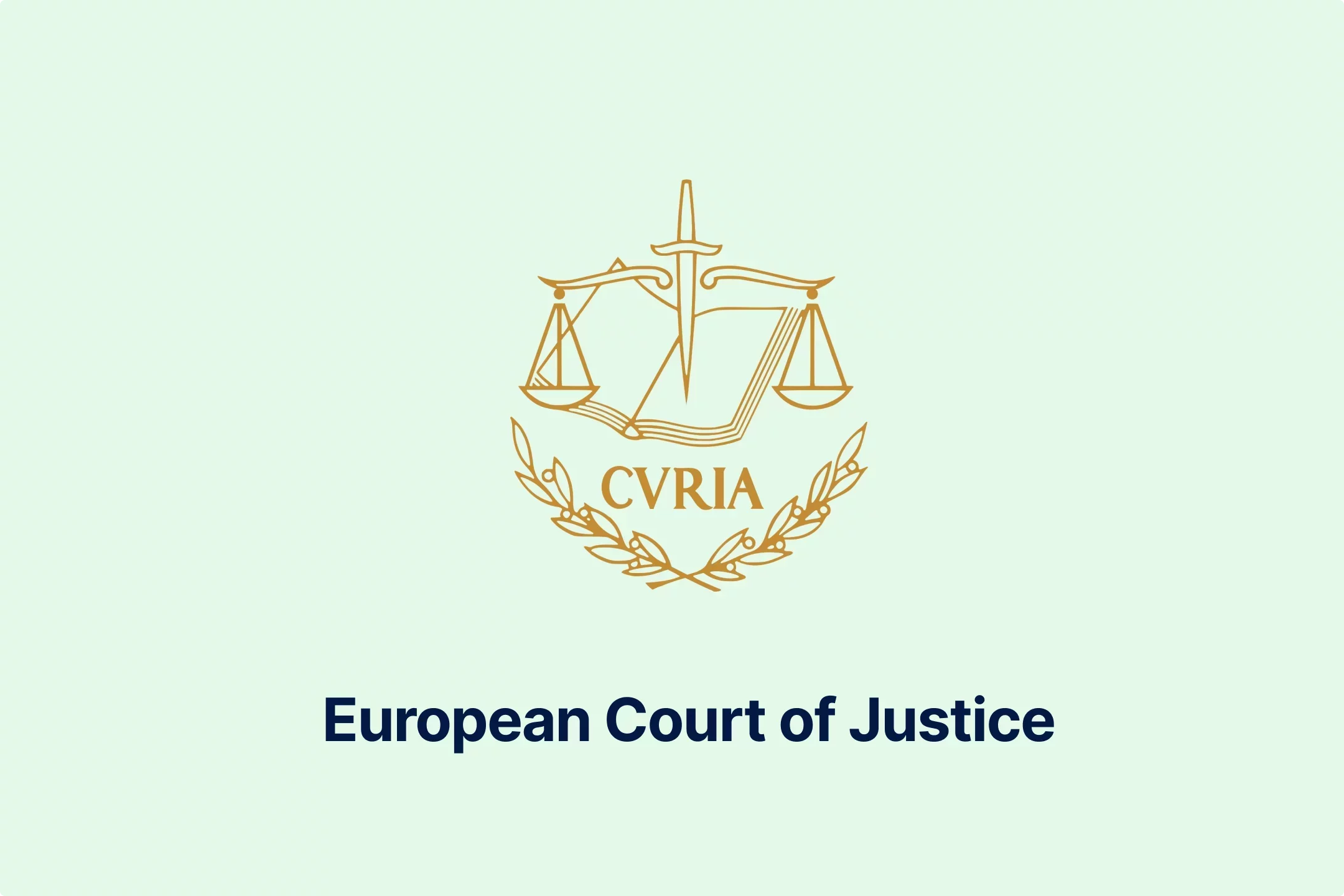
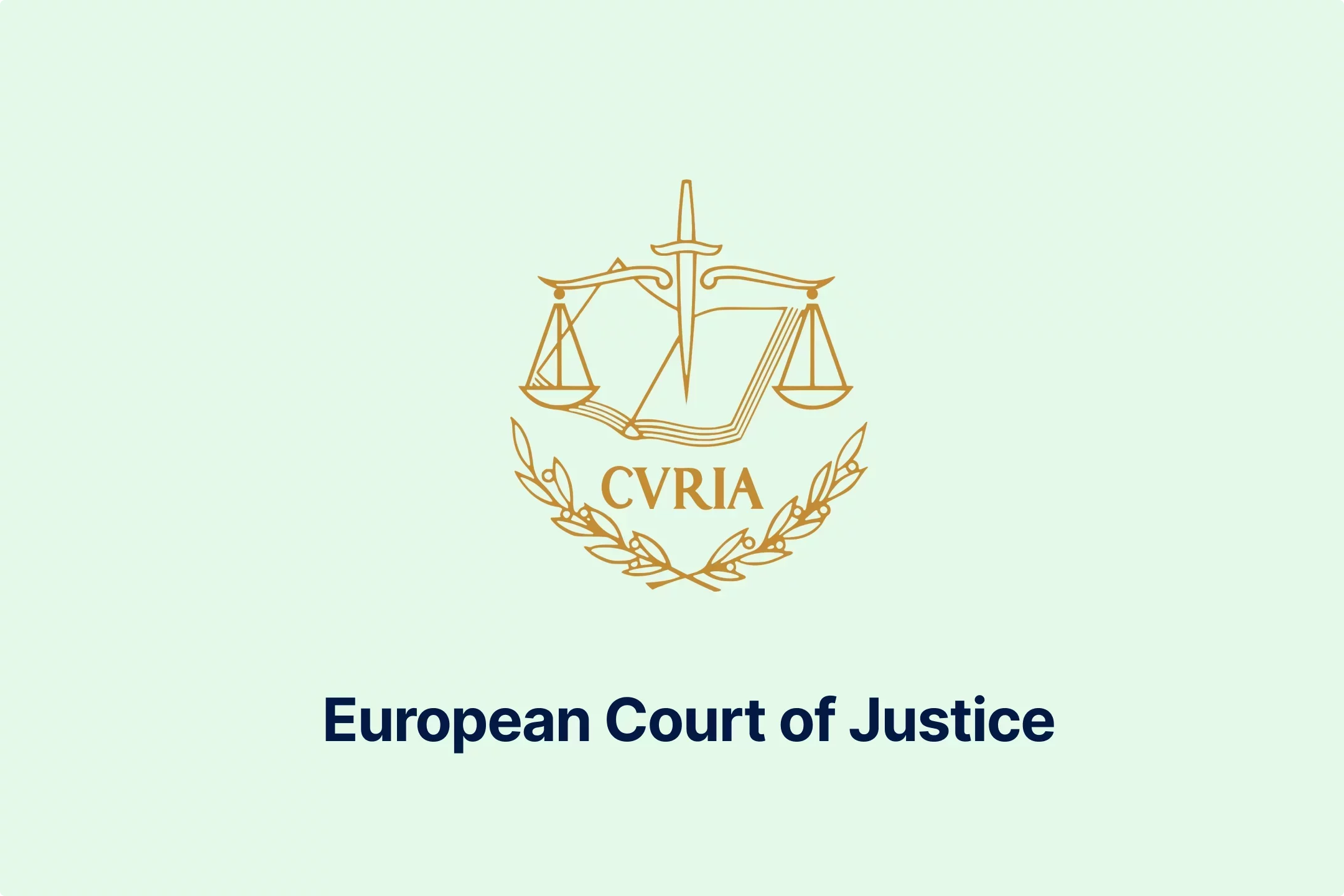



-iyyeiabtaf.webp)
-c8rbjkcs01.webp)
-nilkffjhah.webp)
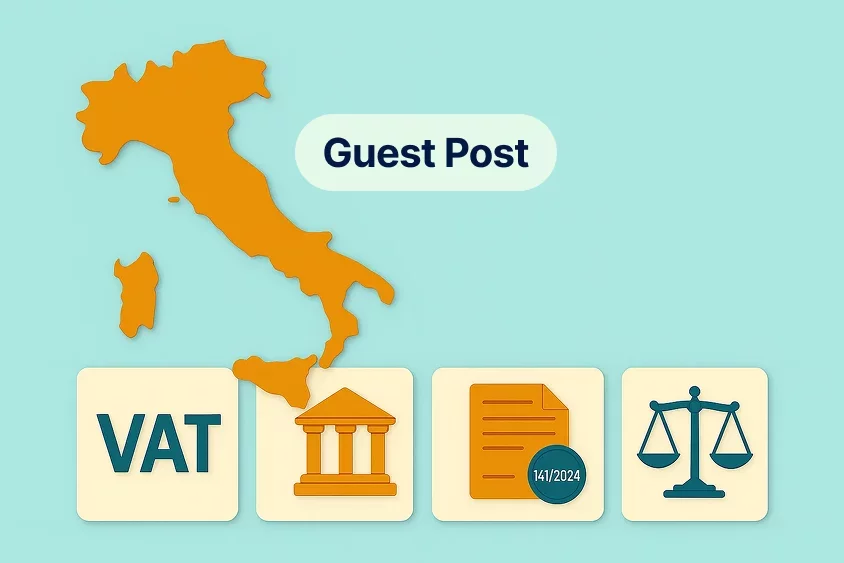
-hikakq55ae.webp)
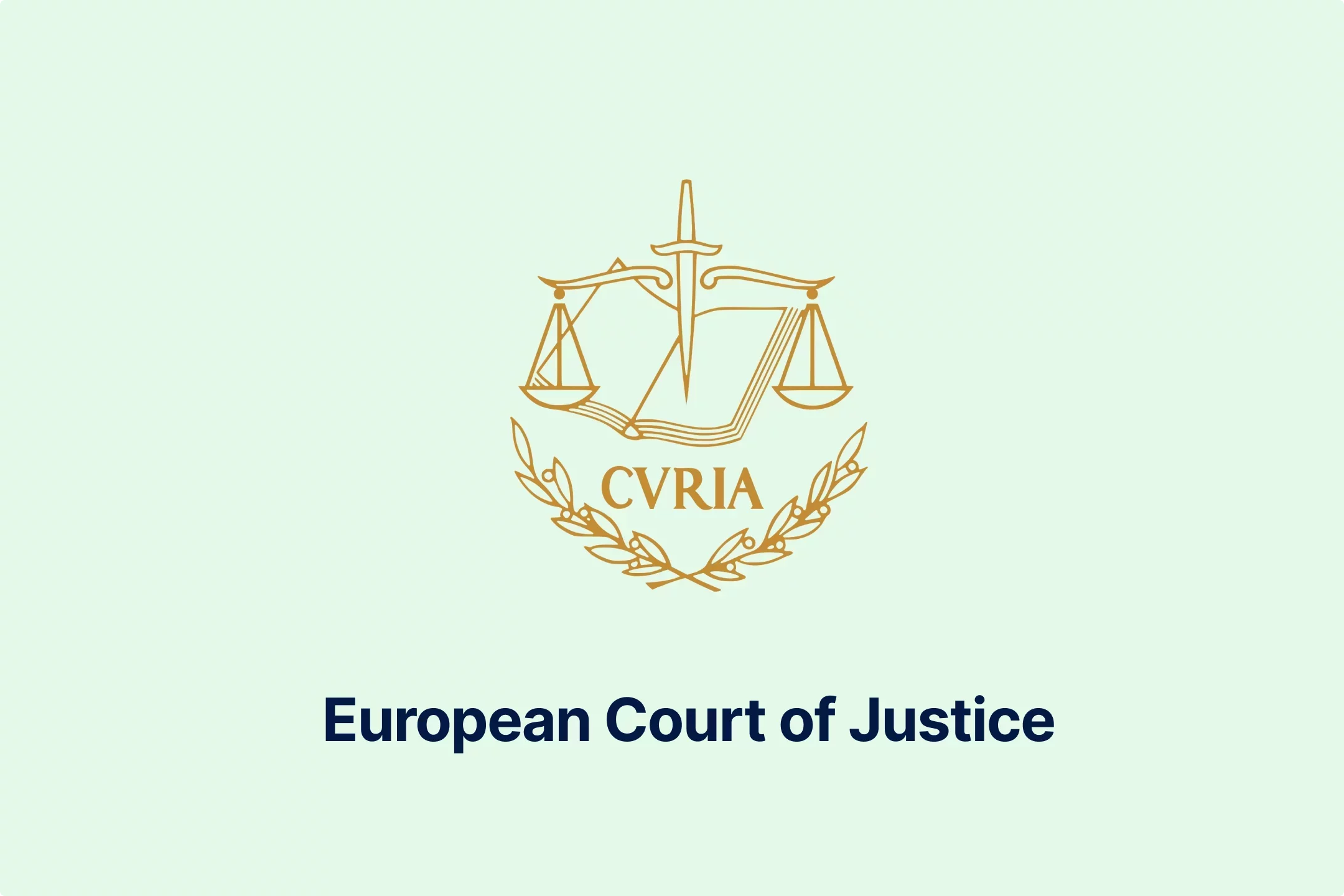
-z1d60bldtg.webp)
-d1a0q6n7mp.webp)
-viip8nvoeh.webp)
-bvv1otliox.webp)
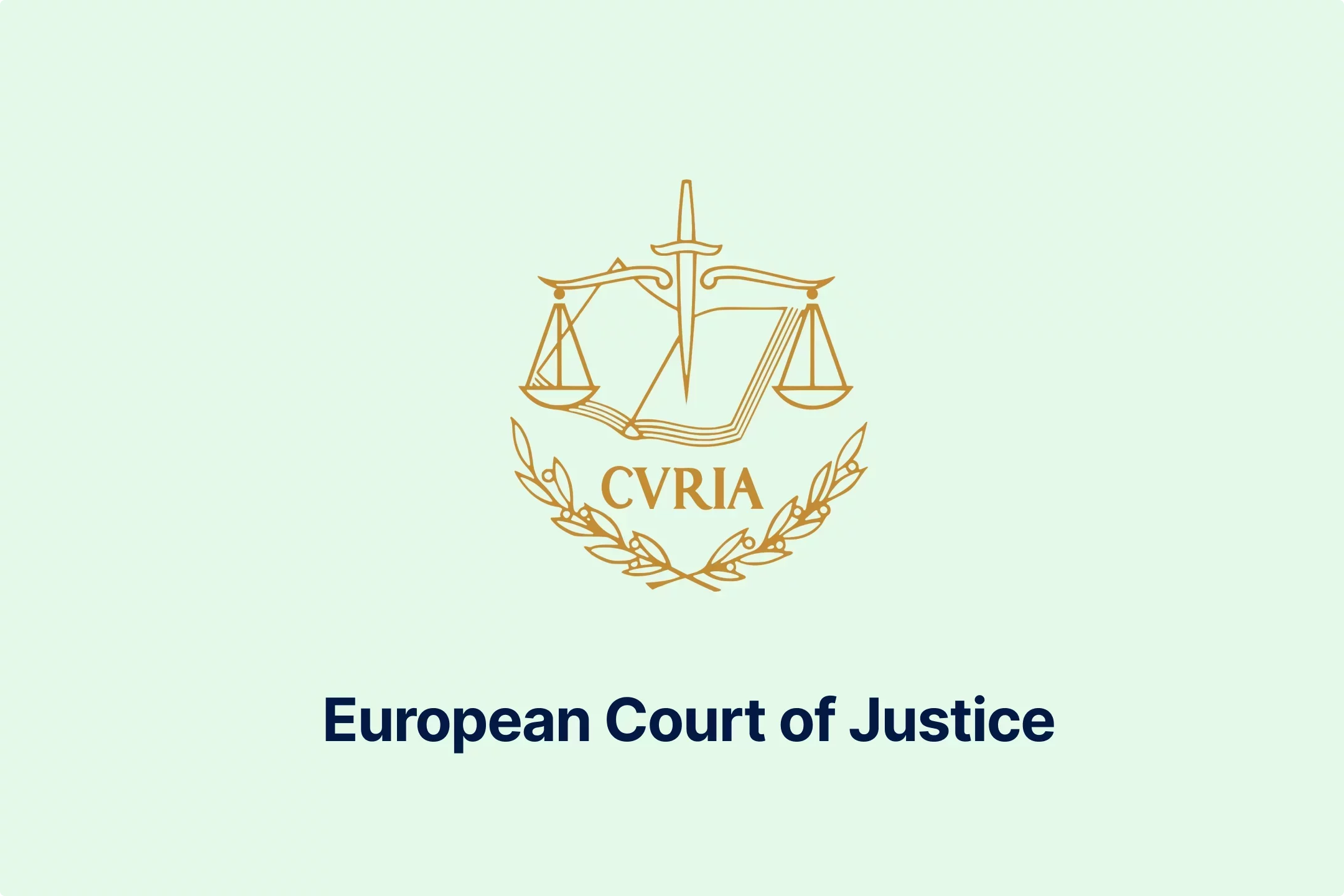
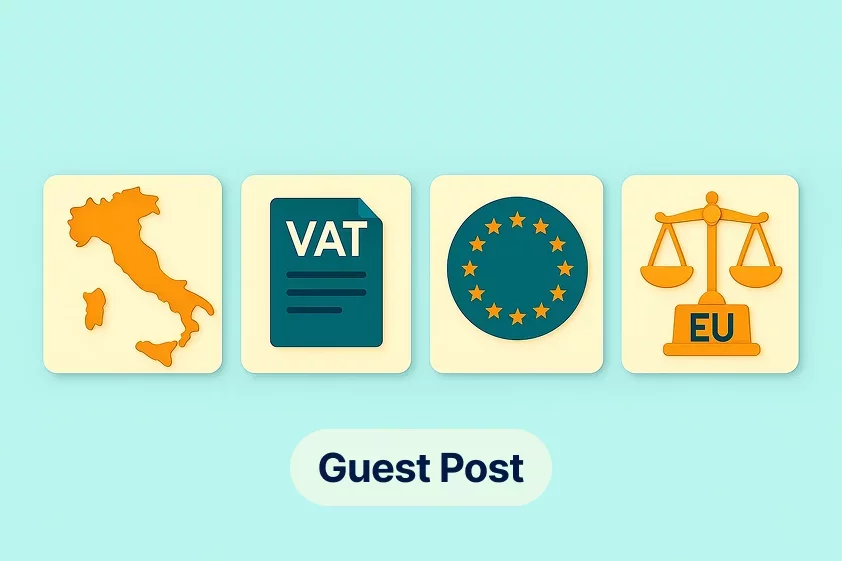
-de8hdb1bn3.webp)
-7xsxxoypnx.webp)

-cm0opezg73.webp)
-0tovsdupmi.webp)
-subxdamdj6.webp)
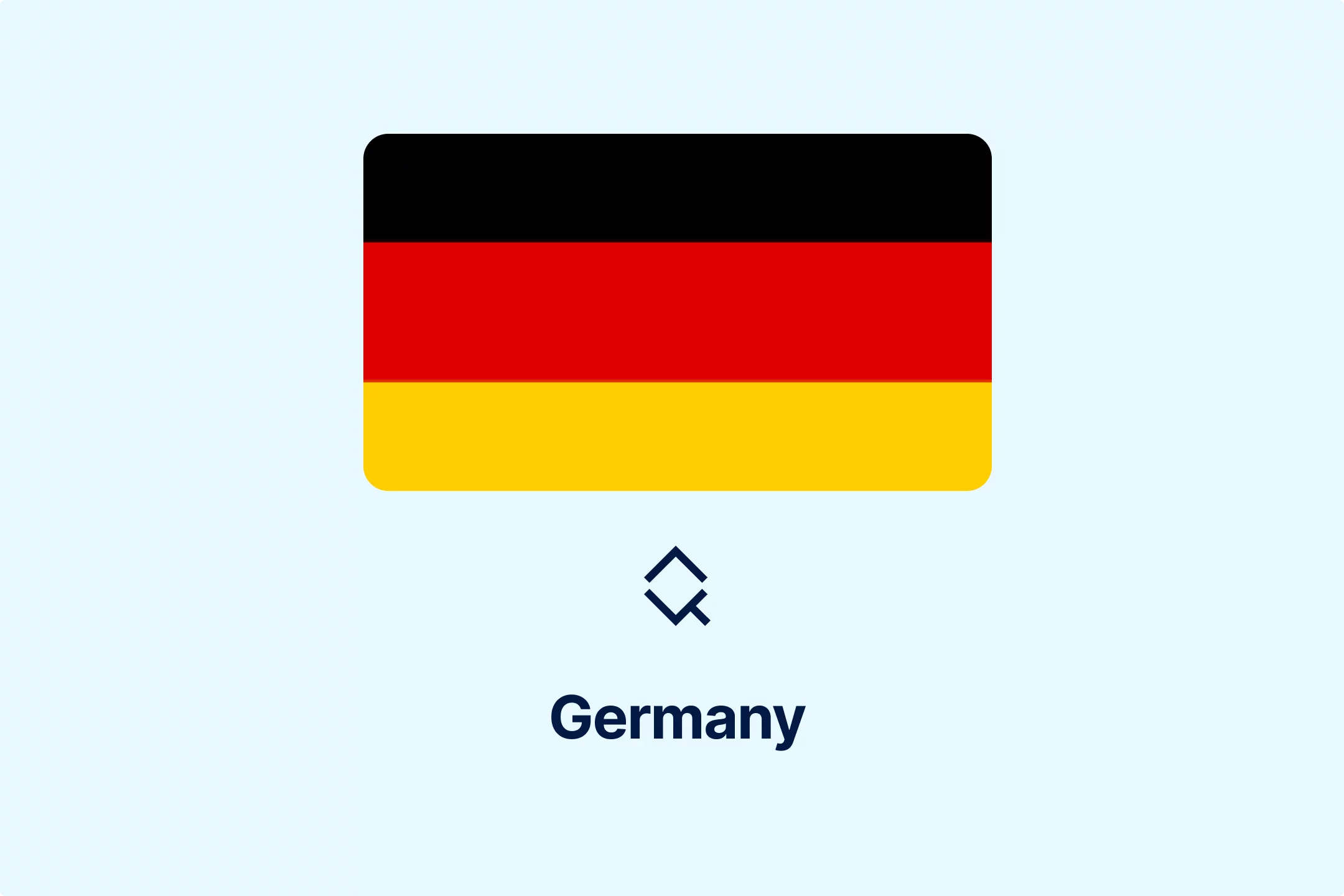
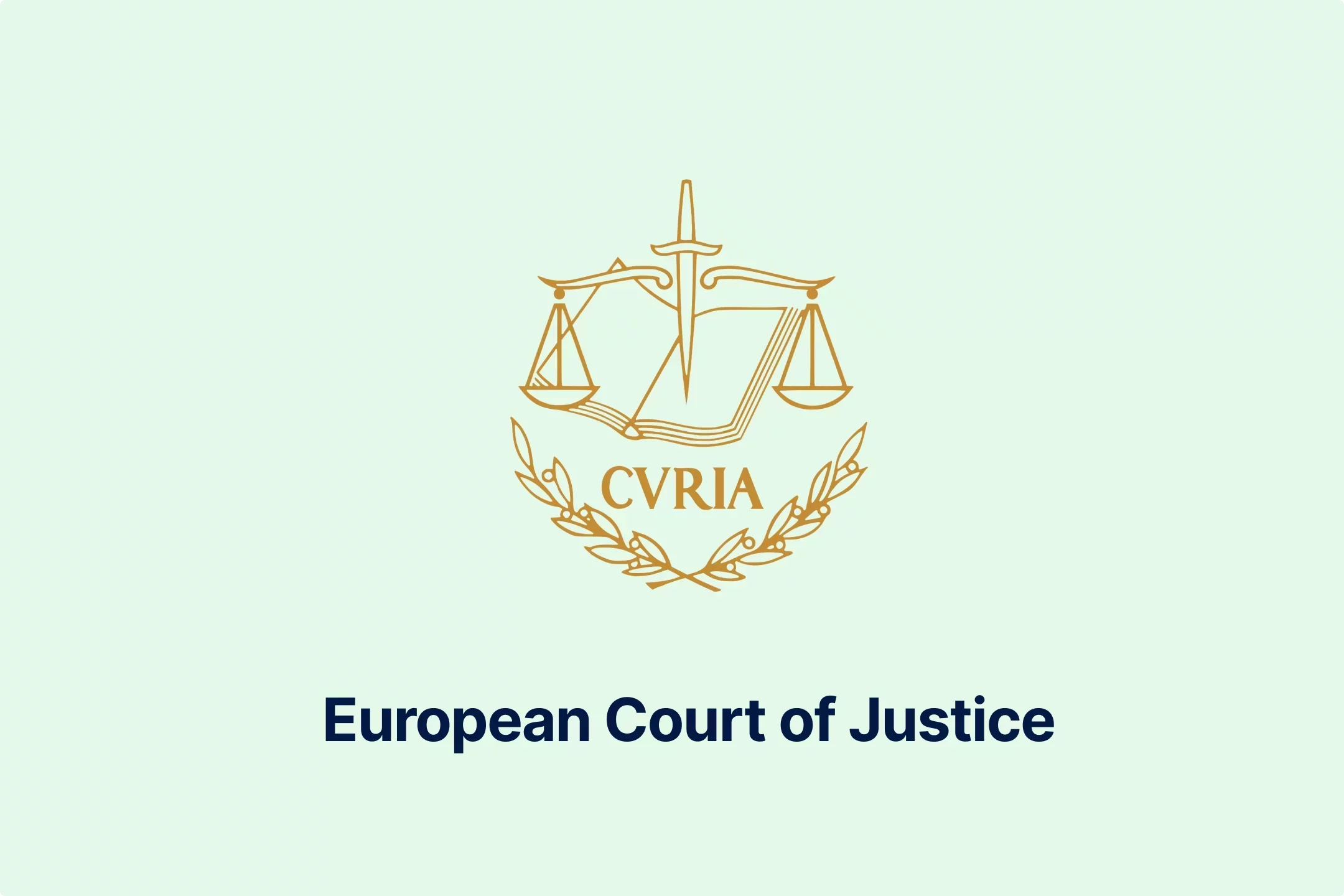
-gly6ablwnh.webp)
-gkduqhwbzh.webp)
-qpe1ld9vcj.webp)
-8noukwsmba.webp)
-aka29tuhkt.webp)


-fisvs27yrp.webp)


-mp0jakanyb.webp)

-aivzsuryuq.webp)



-o7f4ogsy06.webp)

-zjja92wdje.webp)
-hrbhdts8ry.webp)
-qtdkwpgkug.webp)


-cf8ccgah0p.webp)
-0em3cif5s6.webp)





-ptzesl0kij.webp)

-tfzv42pyms.webp)






-uodv7sfbih.webp)
-bbrdfmm9qf.webp)



-m2tl8crfqr.webp)


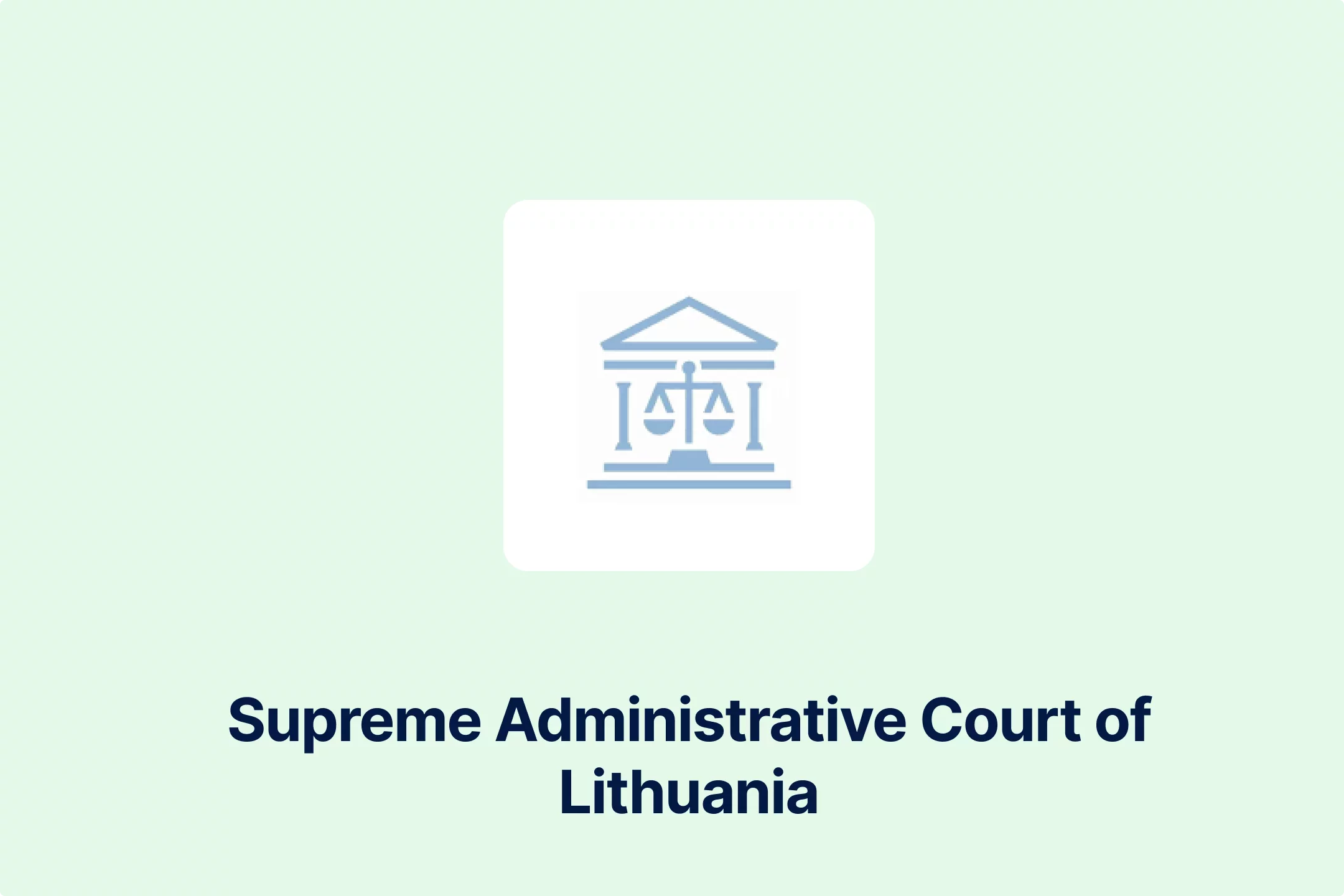

-1awbqjgpjs.webp)
-avbjsn1k1g.webp)


-0h8ohkx6s0.webp)


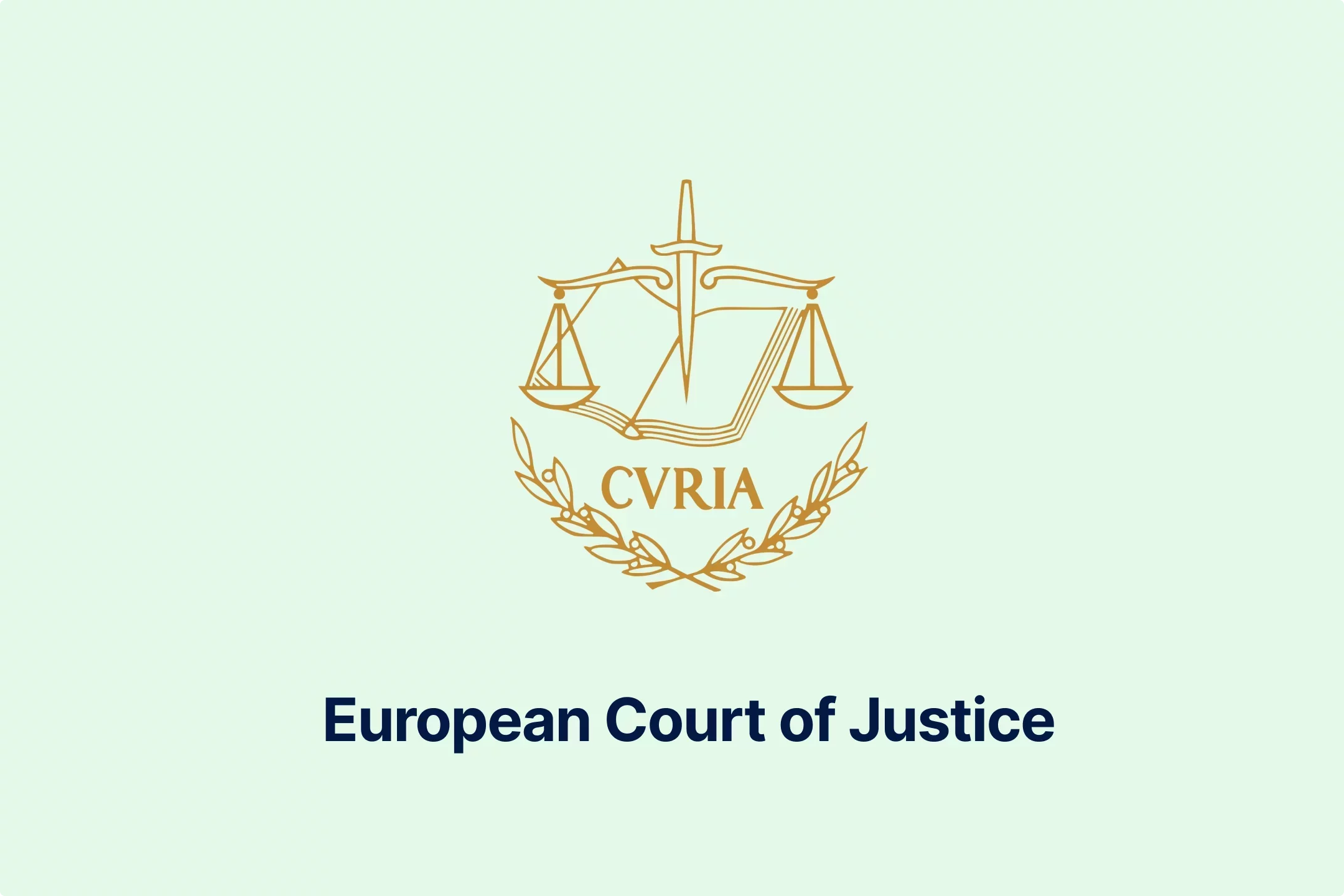
-wfmqhtc7i6.webp)
-7wljbof2zo.webp)
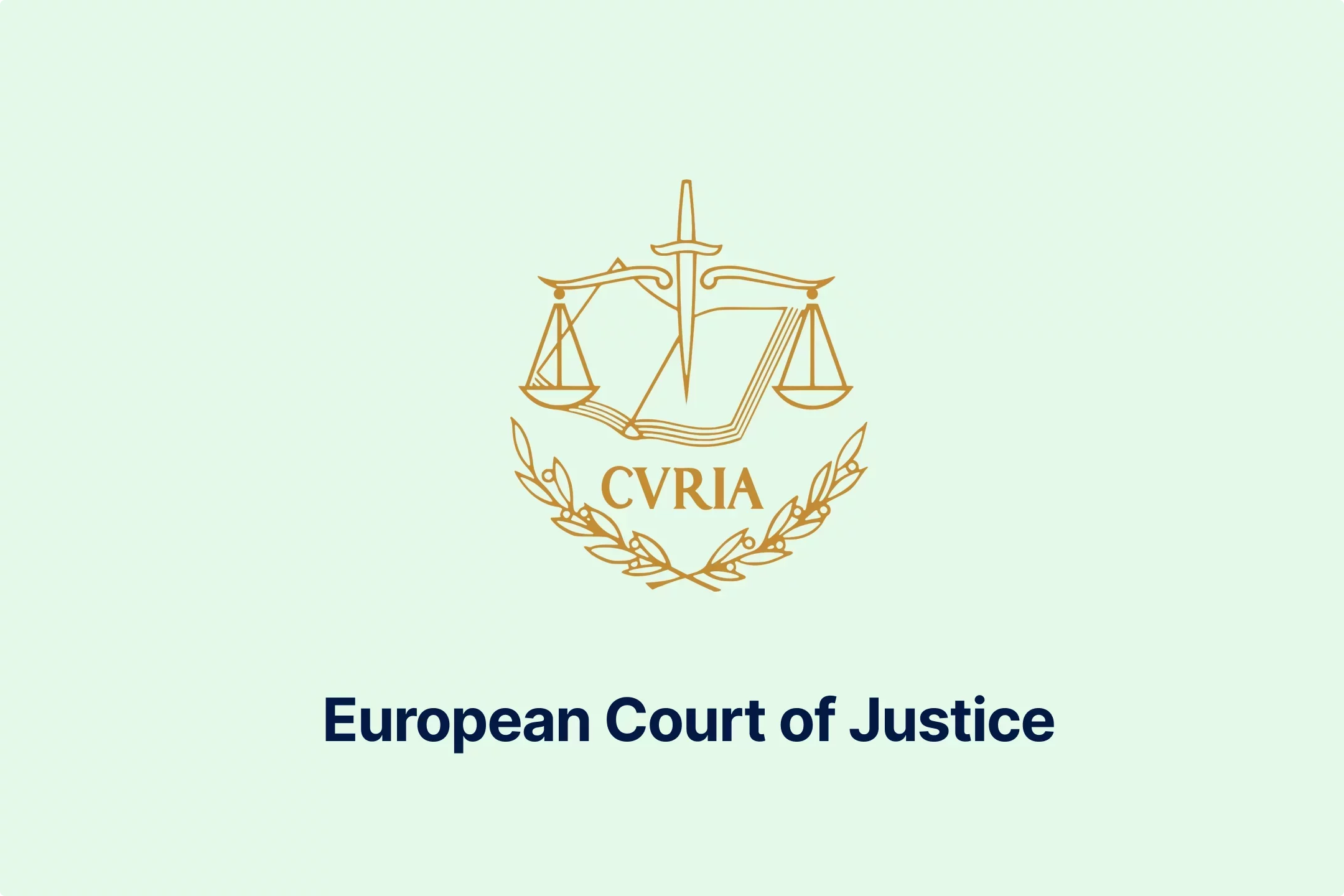
-eqt97uyekl.webp)
-wzw9mcf563.webp)

-z4oxr6i0zd.webp)




-l0zcrrzvhb.webp)
-fhtic1pwml.webp)

-iipdguuz9p.webp)
-nkhhwrnggm.webp)
-pltqwerr3w.webp)

-nn6mtfbneq.webp)

-tmnklelfku.webp)



-8z1msbdibu.webp)
-7g16lgggrv.webp)



-lxcwgtzitc.webp)
-9mc55kqwtx.webp)


-xla7j3cxwz.webp)
-jrdryw2eil.webp)






-t9qr49xs2u.webp)


-qjopq5jplv.webp)



-vune1zdqex.webp)

-qsozqjwle2.webp)
-rgjta7iwiv.webp)

-zb6bxxws47.webp)
-lyfjzw4okp.webp)

-ogpfmol5m1.png)


-czisebympl.png)

-zetvivc79v.png)
-ud7ylvkade.png)
-qizq6w2v5z.png)







-ihr6b4mpo1.webp)
-k1j4au0ph6.webp)
-swxxcatugi.webp)


-ig9tutqopw.webp)

-tauoa6ziym.webp)

-spr0wydvvg.webp)
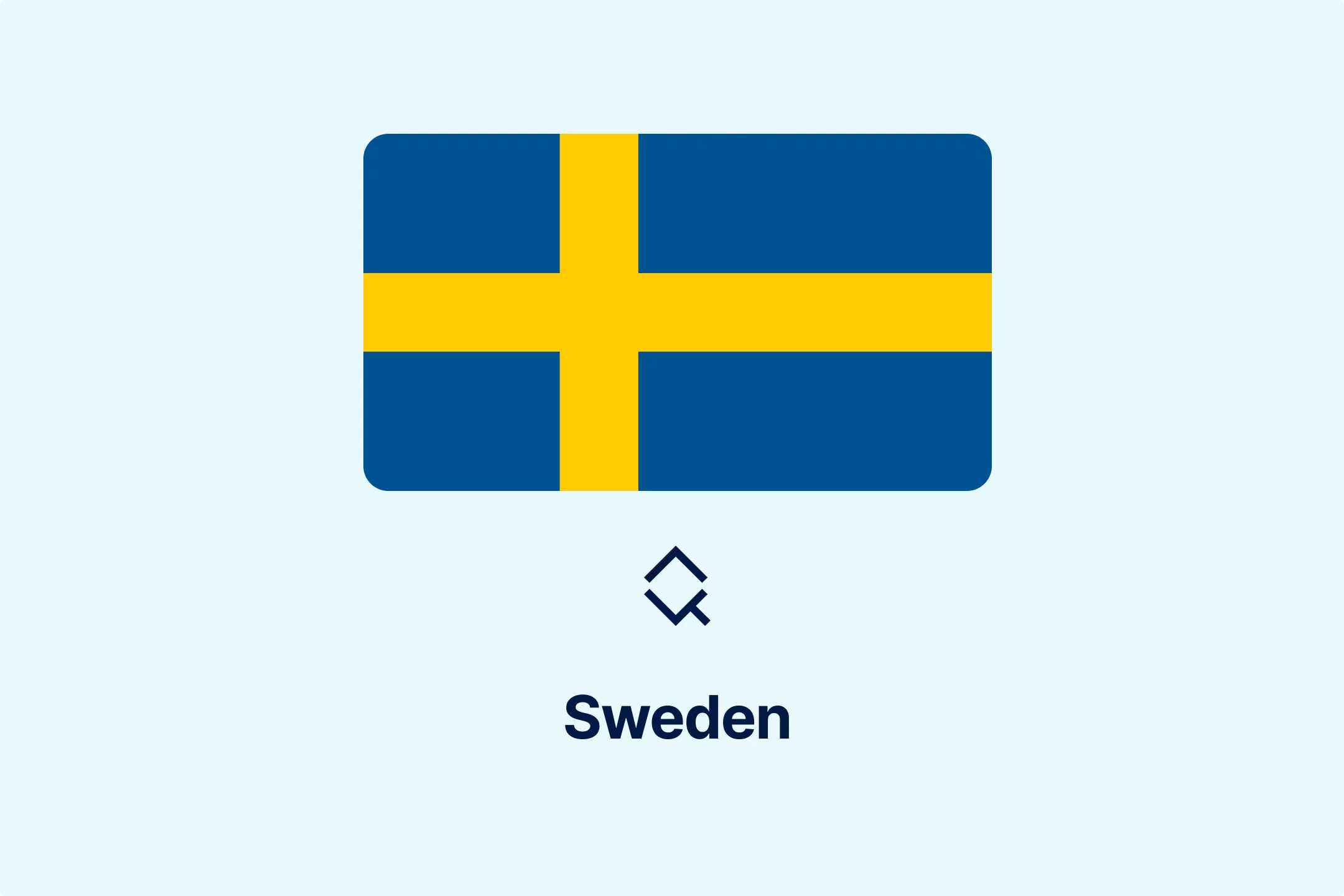
-xfuognajem.webp)





-u2nv5luoqc.webp)








-opuxpan2iu.webp)




-kwttsfd8ow.webp)
-8u14qi10nj.webp)

-wjpr96aq5g.webp)

.png)

.png)


.png)


.png)



.png)
.png)
.png)
.png)
.png)

.png)
.png)




.png)
.png)




































































































































